Standard Room or upgrade room as per request
Best time to Travel: March to April
Duration: 3 Days
As per Itinerary
Accommodation:
Ho Chi Minh – Liberty Central Saigon City Point
Starting from ₹52,813 / Per Couple
Ho Chi Minh City, also known to many as Saigon, is an exciting metropolis of commerce, culture and contrasts. Luxury hotels, exclusive restaurants and chic bars sit side-by-side with street food hawker stalls, traditional markets and ancient pagodas The city is famed for its elegant French style boulevards and colonial architecture. Landmark attractions include the Reunification Palace
read more close
the former residence of the president of South Vietnam the revered Emperor of the Jade Pagoda which contains exquisite carvings and statues and Notre Dame Cathedral which was built to emulate the Parisian icon. For an informative insight into the war between America and Vietnam, the Cu Chi Tunnels outside of the city enables visitors to explore an extensive network of tunnels used by the Vietcong soldiers to move around undetected and live underground with all the facilities to sustain life.
Standard Room or upgrade room as per request
Best time to Travel: March to April
Duration: 5 Days
As per Itinerary
Accommodation:
Hanoi – Mercure La Gare
Ho Chi Minh City - Liberty Central Sai Gon City Point
Starting from ₹1,79,603 / Per Couple
Short on time? No problem! This tour is ideal for travellers with limited time but who still want to experience all of Vietnam’s most prominent attractions. We take you to several of the top sites so you gain an insight into the country’s diverse culture and amazing landscapes, with the added bonus of meeting friendly people on the way.
read more close
Starting in the north, we explore the historic capital of Hanoi before heading to the enchanting, and somewhat mystical Ha Long Bay on board our own private junk to cruise through a stunning scenery of towering karsts, hidden caves and secret coves. Heading south, we delve into the cosmopolitan city of Ho Chi Minh city and if you are feeling brave enough, you can crawl through the extensive Cu Chi Tunnels that were used by Vietcong soldiers during the American War.
Standard Room or upgrade room as per request
Best time to Travel: March to April
Duration: 8 Nights / 9 Days
As per Itinerary
Accommodation:
Hanoi – Lenid (54 Tho Nhuom)
Halong - Glory Legend Cruise
Hoi An - Phu Thinh Boutique Resort
Hue - Romance
Ho Chi Minh City - Emm Saigon
Starting from ₹1,96,416 / Per Couple
Tour Highlights:
Hanoi City Tour
Overnight cruise on the Ha Long Bay
Visit Phuc Kien Hall, the Japanese Covered Bridge, Tan Ky old house and a silk workshop.
read more close
Visit the Cham Culture Museum in Da Nang
Visit the Imperial Citadel and Dong Ba Market
Boat trip on the Perfume River
Visit Thien Mu Pagoda and Tu Duc Tomb
Short cyclo tour to an ancient village
Visit the Cu Chi Tunnels and War Remnants Museum
Tour to the Central Post Office and walk outside of the Reunification Palace
Standard Room or upgrade room as per request
Best time to Travel: March to April
Duration: 6 Nights / 7 Days
As per Itinerary
Accommodation:
Ha Long Bay – Indochina Sails Premium
Quang Binh - Chay Lap Farmstay
Hue - Indochine Palace
Hoi An - Hoi An Historic
Starting from ₹2,29,251 / Per Couple
Marvel at Vietnam’s rich bounty of stunning World Heritage Sites while being treated to warm local hospitality as we head from Hanoi to Danang. These include inspirational karst-lined Halong Bay; the expansive Phong Nha Caves; the ancient monuments of Imperial Hue
read more close
the picturesque former trading port of Hoi An; and the tower-temples of My Son that were the setting for the Champa Kingdom. We will discover the country’s leading cultural landmarks during this seven-day adventure led by knowledgeable tour guides. The tour itinerary is not followed formally, thereby allowing some spontaneity during our exploration and we have arranged some excellent accommodation and transportation options which gives our clients the unique opportunity to absorb local life and authentic food and entertainment experiences along the way. This enables us to connect with local people and truly experience Vietnam’s diverse and stunning natural landscapes and rich heritage and history.
Standard Room or upgrade room as per request
Best time to Travel: March to April
Duration: 9 Nights / 10 Days
As per Itinerary
Accommodation:
Hanoi – Mercure La Gare
Halong - Paradise Suite hotel
Hue - Indochine Palace
Hoi An - Hoi An Historic Hotel
Ho Chi Minh City - Liberty Central Sai Gon City Point
Can Tho - Victoria hotel
Starting from ₹3,37,052 / Per Couple
With pristine beaches, amazing landscapes, a diverse culture and friendly people, Vietnam has everything and more to fulfil a dream holiday. Travelling from the north of the country and heading south
read more close
this splendid journey takes 10 days as we start from the capital city of Hanoi and venture to the southern cosmopolitan hub of Ho Chi Minh City. On the way we explore the Gulf of Tonkin with the stunning beauty of Ha Long Bay viewed from a boat. We also travel through the extraordinary scenery of the Hai Van Pass. Additional highlights include the Imperial city of Hue and the picturesque old port town of Hoi An. We also meander through the Mekong Delta on a two-day excursion to experience Vietnam's rustic side and if we are feeling brave enough, crawl through the Cu Chi Tunnels which were used by Vietcong soldiers during the American War.
Enjoy A Luxury Travel Experience
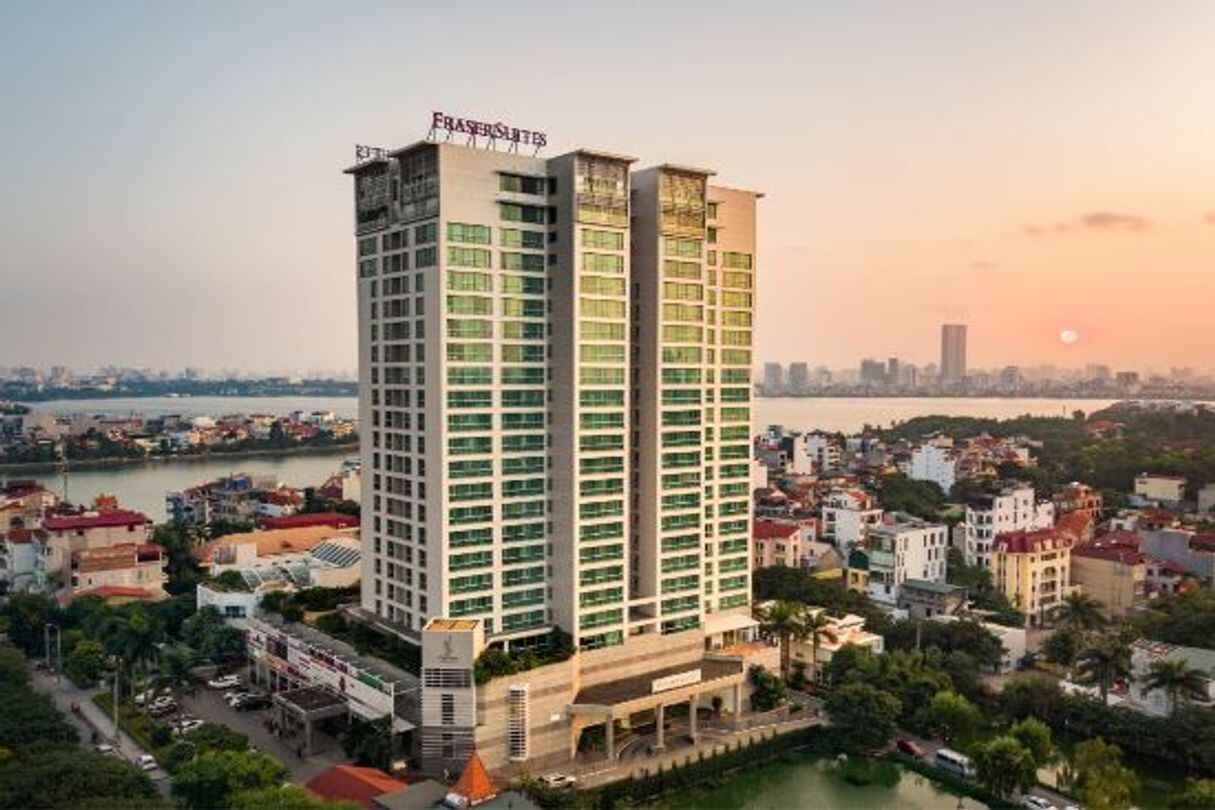
Fraser Suites Hanoi (4 Star)
Vietnam

Sheraton Hanoi Hotel
Vietnam
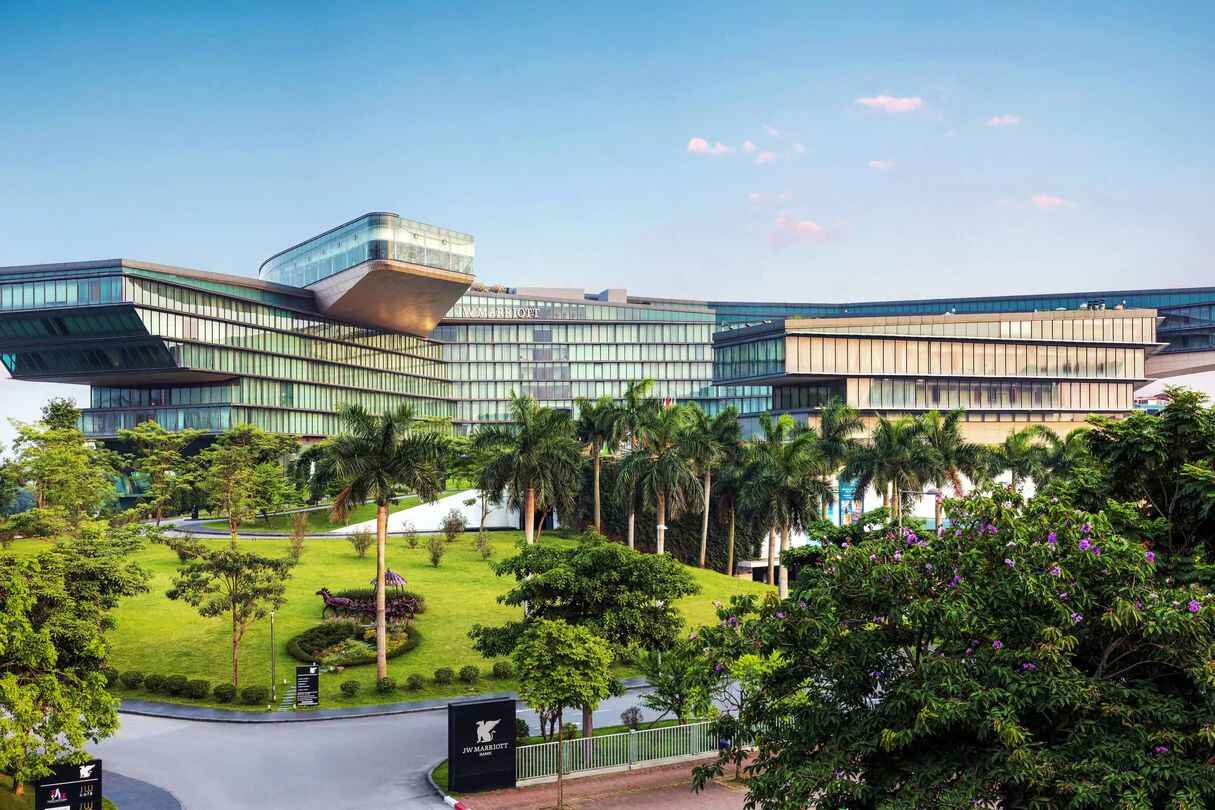
Jw Marriott Hotel Hanoi
Vietnam

Capella Hanoi
Vietnam
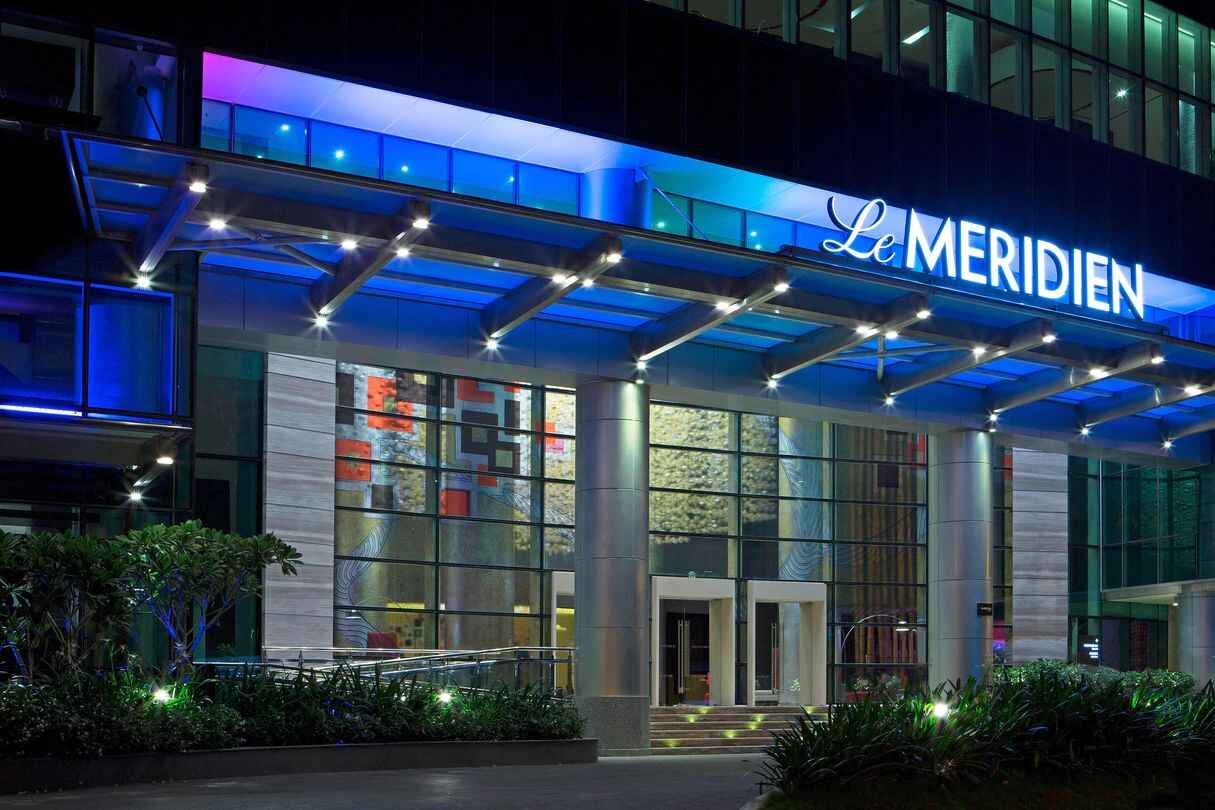
Le Meridien Saigon
Vietnam
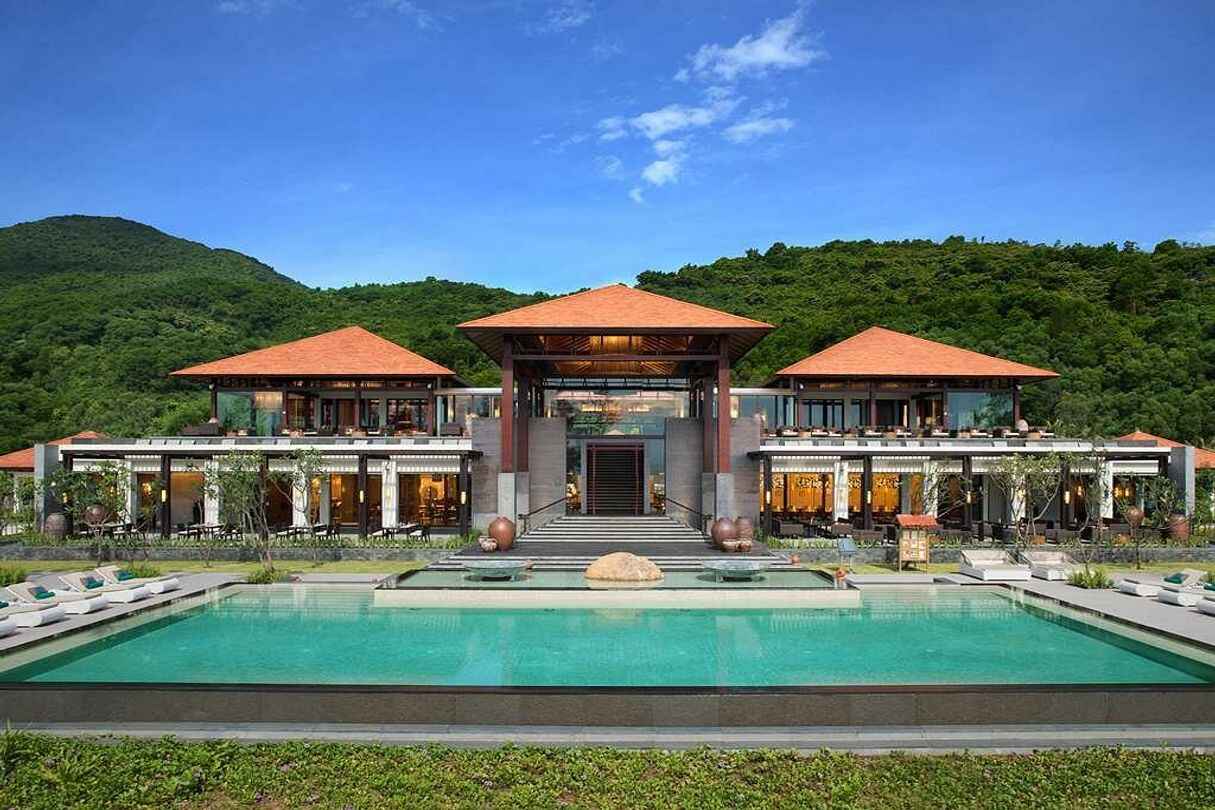
Banyan Tree Lang Co
Vietnam

Angsana Lang Co
Vietnam
-
Attractions OverviewA trip to Vietnam is often centred around a journey between the capital Hanoi in the north, and Saigon (as Ho Chi Minh is still called locally) in the south, taking in the many highlights between the two.Vietnam's largest city and commercial capital, Saigon is a fascinating blend of old and new, where gleaming skyscrapers sit alongside ancient temples, and street vendors tout for business outside gleaming shopping malls. While in the south of Vietnam, visitors should take a cruise through the lush Mekong Delta to see the famous floating markets, tour the infamous Cu Chi Tunnels or relax on coast near the tropical beach resort of Mui Ne.Further up the coast travellers will find the delightful city of Hoi An, with its wel preserved old town, and a couple of hours further on can explore the once magnificent Imperial City of Hué, which was the national capital and home to the Nguyen Dynasty from 1802-1945, and is now a culinary capital.Hanoi is the modern-day capital, and has been an important city for a thousand years; the influences from the French and Chineses rulers is ever present in the architecture. Travellers can wander through the elaborate narrow streets of the Old Quarter, avoiding the many scooters, to find fashionable bars, restaurants and art galleries, alongside food vendors, street markets and Buddhist temples. The French Quarter by contrast has wide boulevards lined with imposing houses. A winding train ride up the mountains in Sapa lets visitors overlook it all. On the coast, visitors can find remote beaches, or take a boat cruise through the hundreds of towering islands in Halong Bay. The trip to nearby Ninh Binh offers tourists the chance to experience some of Vietnam's most beautiful rural scenery, with narrow rivers snaking past limestone cliffs and farmers tending their fields with water buffaloes.Located in the Gulf of Siam, Phu Quoc is Vietnam's largest island, and is fast becoming a heavyweight tourist destination. The densely-forested, mountainous island is ringed by some of the most beautiful, unspoilt beaches in the whole of southeast Asia. Accessible by sea or air, Phu Quoc is the ideal place to spend a week or two.There will be more than enough to entertain visitors between relaxing on the beach, sampling some of the famous seafood, shopping for pearls in the fishing village of Ham Ninh, or heading off to Phu Quoc National Park to hike and swim in a tranquil mountain pool.The island is famous for its fish sauce (nuoc mam) - an essential ingredient of all southeast Asian cooking, and a wonderful gift for friends and family back home.For those looking to be active on the island, Rainbow Divers offer excellent opportunities for snorkelling and scuba-diving; and it is highly recommended that you rent a scooter or moped for your time on Phu Quoc, as it has to be the coolest, easiest way to zip around.The best time to visit the island is in the dry season, which lasts from December to May. Although Phu Quoc is currently experiencing rapid development on the east coast, it is still possible for travellers to explore relatively untouched areas of the island.The ancient meandering streets of the Old Quarter are each named after the crafts and speciality trades traditionally practised by the original artisan's guilds in the 13th century. Each guild was grouped around a temple, or dinh, dedicated to the particular beliefs of the village from where the guild originated, and many of these temples are open to the public today.The early merchant's quarter affords an intriguing glimpse into life centuries ago with covered markets, and the ancient narrow buildings that still line the streets, known as tube or tunnel houses that contained shops.Businesses were taxed according to the width of their storefront and resulted in shops only seven foot (2m) wide with a series of storerooms, workshops and living quarters extending behind to a length of up to 197ft (60m). Many streets are still devoted to a predominant trade such as silks, religious objects or textiles, silver jewellery, antiques, and there are numerous art galleries and craft stores, as well as cafes and pavement restaurants lining the streets.Traffic within the Old Quarter is a chaotic mix of bicycles, motorbikes and pedestrians passing noisily down the narrow streets and shady alleyways.Ba Dinh Square was where, in 1945, Ho Chi Minh read out the Declaration of Independence and is the site of annual national celebrations today. Dominating the west side is the Ho Chi Minh Mausoleum, where the embalmed body of the 'father of the modern state', 'liberator of the Vietnamese people' and beloved public figure is displayed.The body of Ho Chi Minh is enclosed in a glass case, the traditional way to honour famous communist leaders. Security is tight, there is a strict dress code and it is imperative to maintain a respectful demeanour while inside; this also means no photographs. Nearby is the Ho Chi Minh Museum that commemorates his life, housing a collection of military orders, correspondence, manifestos and photographs that illustrates the crucial role he had in the country's historyOne Pillar Pagoda was constructed to celebrate the tale of the heirless Emperor Ly Thai Tong, who dreamt about receiving a son from the Buddhist goddess of mercy and compassion, seated on a lotus flower. He married shortly after and bore a son, and the pagoda was built to honour the event.It is the most interesting of the city's numerous pagodas, and beneath the ornate curved roof people come to pray for fertility and well-being, with allegedly miraculous effects. The unique wooden structure was designed to resemble a lotus flower, the Buddhist representation of enlightenment, emerging out of the water, with the single stone pillar its symbolic stalk. It was destroyed by the French during the first Indochina War and was subsequently rebuilt.The Temple of Literature is Vietnam's historical seat of learning and is the most sacred place for the disciples of Confucius. It is one of the few remaining buildings from the original city founded by Emperor Ly Thanh Tong in the 11th century and is a well-preserved example of Vietnamese architecture.It became the site of the country's first university in 1076. Consisting of a complex of small buildings and five walled courtyards, it was an exclusive establishment teaching the principles of Confucius. In the third courtyard is a pond, the Well of Heavenly Clarity, and beside it are 82 stone stelae, mounted on tortoises and engraved with the names of successful graduates.Over a period of 900 years thousands of Vietnamese scholars graduated from the university. In honour of their teacher's legacy, there is also a temple dedicated to Confucius, a place where the king and his mandarins would make sacrifices.The natural wonder of Halong Bay, renowned for its spectacular scenery and limestone grottos and caves, has been declared a UNESCO World Heritage Site. The bay is peppered with over 1,600 inlets and tiny islands emerging almost mystically out of the emerald waters of the Gulf of Tonkin, scoured by wind and wave erosion to form dramatic rock shapes, many of which contain caves.Many of the islands have been named for their astonishing resemblance to their namesakes, such as Dragon, Incense Burner, Pair of Roosters and Man's Head Islands. The weird protuberances have been at the source of several local legends, particularly about a dragon whose thrashing tail created the bay and its islands.The name Vinh Ha Long means 'where the dragon descended into the sea'.The most impressive cave is the Hang Dau Go (Grotto of the Wooden Stakes), an extensive grotto with rock formations presenting various eerie images in the mysterious light. It was named from the Battle of 1288 when General Tran Hung Dao prepared hundreds of stakes to be planted in the riverbed of the largest chamber to counter a boat attack. Nearby the beautiful Hang Thien Cung cave is famous for its sparkling stalagmites and stalactites. When booking a cruise in advance, travellers should consider reserving a night or two, to experience Halong Bay at its most picturesque; sunrise, sunset and star scattered night.The quaint riverside town of Hoi An was an important port town and one of the major trading centres in South East Asia during the 16th and 17th centuries. The cultural influences of the Japanese and Chinese merchants are still evident today in the town's architecture, with the famous Japanese Covered Bridge and the distinctly Chinese atmosphere of the Old Quarter forming part of its unique character. A UNESCO-listed town, Hoi An has preserved much of its heritage and has remained largely void of traffic and pollution.Lining the narrow streets are two-storey Chinese shops, with charming wooden facades and tiled roofs, merchants' homes, Assembly Halls and temples that preserve an ancient character. On the 15th day of every lunar month, the ancient character of this sleepy town takes on fairytale proportions, as porches, streets and windows are lit by the glow of coloured lanterns; a practice reminiscent of the old days and aimed at retaining the spirit of the past.Hoi An is becoming an increasingly popular tourist destination, not only for its attractive old-world atmosphere and genuine friendliness, but also for its restaurants, serving delicious Hoi An specialities, and tailor-made clothes. Rows of little tailor shops with rolls of fine silk offer the chance to have beautiful garments made up within hours; however, the insistence of the tailors can be annoying.Two miles (4km) to the east of Hoi An is the beach of Cua Dai, considered to be one of the most beautiful beaches in Central Vietnam, with its long, white and sandy coastline. From Hoi An, visitors can make trips to the large marble rock formations 'The Marble Mountains', which are closer to Da Nang, or take a short river cruise. Travellers would be remiss not to take the time to visit Hoi An, if only to take a moment to bask in its history.Nearly 75 miles (140 km) from Sapa is the small town of Bac Ha situated in a valley. Bac Ha is famous for its Sunday market. Much less touristy than Sapa, the market is a riot of colour and noise, a place not only for trade but also for socialising. All paths leading into town are filled with people going to market, some riding horses or water buffalo, and the square is a mix of different minorities, buying and selling, or gathered in groups around a central pot of food. The Flower Hmong are the most vivid, with richly coloured clothes of bright red, blue and pink, and skirts embroidered with delicate flowers.The markets have become a major tourist attraction and it is important that visitors to the region are sensitive to local culture and traditions, particularly when taking photographs of people.Constructed by Emperor Gia Long in 1804 for the private use of the emperor and his household, the enormous moated Citadel is comprised of three separate walled enclosures. The outer citadel, surrounded by a six mile (10km) perimeter wall, punctuated by 10 gates, frames the Imperial Enclosure used for official business.At the very centre is the Forbidden Purple City, the restricted residence of the emperor and his concubines. This once magnificent Imperial City originally included many magnificent features, with tombs, pagodas and temples, lakes and lavishly gilded pavilions.Today remnants of the palaces contain ornate ceremonial halls and throne rooms, mosaics adorn roofs and pillars, and beautiful landscaped gardens surround the remaining buildings. Sadly much was destroyed during the Vietnamese War, and a fire further damaged the Forbidden Purple City, but it is still possible to see evidence of its past glory.The main entrance is through the Ngo Mon Gate (Noon Gate), a stunning example of Nguyen architecture, with separate entrances for the emperor, his mandarins and the royal elephants. A soaring multi-roofed pavilion used for important royal proclamations, sits elegantly on top.South of Hué are eight splendid royal tombs of the Nguyen emperors, situated among the hills on the banks of the Perfume River. Often designed while the emperor was still alive, each mausoleum was built to serve as a palace for the afterlife. In this vein the tombs were built as vast complexes, each with traditional functions.These complexes include paved courtyards lined with mandarin statues, a stone stele inscribed with details of his reign, a main temple dedicated to the worship of the deceased and containing personal effects, and the tomb itself. Surrounding the complex were artificial ponds in a garden-like setting. The Tomb of Tu Dac, with its lotus-filled lake and central pavilion, the remarkable mosaics of Minh Mang's Tomb, and the simple and serene Tomb of Khai Dinh are the most interestingA boat trip on the Perfume River is one of the highlights of a visit to Hué and includes stops to visit some of the city's main attractions. Passing other sampans (traditional rowing boats) on their way to the market, houseboats and dragon boats, a typical trip will take visitors to the Thien Mu Pagoda, Hon Chen Temple and the Royal Tombs.The Thien Mu Pagoda is one of the oldest and most attractive religious structures in Vietnam, dating back to 1601. Its most striking feature is the seven-tiered tower, representing the seven steps to enlightenment. Another way to experience the Perfume River is on an evening boat trip hosting a traditional folksong performance. This long-standing tradition goes back to the rule of the emperors when artists would play music and recite poetry from a rowing boat on the river.Under the Geneva Accords of 1954, Vietnam was split into North and South along the 17th parallel. The Ben Hai River was selected as the temporary demarcation line. A three-mile (5km) strip of no-man's land on either side of the border was known as the DMZ or Demilitarised Zone.It was bombed into a desolate wasteland, riddled with land mines and surrounded by barbed wire during the war. The area surrounding the DMZ and the land in between was the worst affected, and the amount of explosives, napalm and chemicals used, including Agent Orange, has left the once heavily forested land with stunted growth and infertile soil. Historical sites and landmarks include the Hien Luong Bridge spanning the river, entry to the Ho Chi Minh Trail that bypassed the border, the American firebase at Con Thien, U.S Marine base at Khe San, and the Truong Son War Martyr Cemetery dedicated to the thousands who died on the Ho Chi Minh Trail.A guided tour is strongly recommended as there are no signs and the area still contains unexploded landmines.Vinh Moc is known for the extraordinary complex of tunnels constructed by the villagers as an underground village in which to shelter from American bombardments. Faced with the total destruction of their village in 1965, they dug an underground network consisting of three layers starting at a depth of 33ft (10m) with room for 300 people, including wells, a school, clinics, storerooms, observation posts, ventilation shafts and a maternity room where 17 babies were delivered during the war. A section has been restored and is open to visitors and there is a small museum at the entrance. To fully appreciate the history of the site, its best to hire a guide.The disturbing War Remnants Museum highlights the horrors of modern combat, and especially portrays the suffering inflicted on the Vietnamese people during the Vietnam War. Its former name, the Museum of American War Crimes, was altered so as not to cause offence to American visitors, but the museum's displays still give an anti-American perspective.The museum houses a collection of weapons, machinery, artefacts and horrific photographs illustrating the devastating affects of napalm, Agent Orange and other weapons of mass destruction.One room is dedicated to biological warfare, including the effects of the defoliant sprays that were dumped over the country. Another room looks at worldwide demonstrations for peace and international opposition to the war. In the courtyard there are tanks, helicopters, planes and bombs on display.Cholon, the Chinese district of Saigon, is comprised of a dense network of vibrant streets and alleyways. It was first settled by the Chinese Hoa merchants at the end of the 18th century, and is now the home of Vietnam's biggest ethnic minority community. Cholon diverges from the conventional 'Chinatown' set up that exists in many prominant cities the world over, largely due to its impressive expanse.When you enter Cholon, the difference in environment is immediately noticeable.Madarin signposts lead into a fascinating labyrinth of temples, restaurants, exotic stores, medicine shops and markets. The best place to experience the bustle of trade is at the crowded Binh Tay Market where the corridors are filled with stalls offering a variety of exotic produce, from live tethered ducks to nuts and seeds, as well as other household items.There are several temples of interest in Cholon, including the colourful Jade Emperor Pagoda, the Quan Am Pagoda with its ornate exterior, Phuoc An Hoi Quan Temple, its roof exquisitely ornamented with dragons and sea monsters, and the Thien Hau Pagoda dedicated to the goddess of the sea.The Cu Chi Tunnels system is an underground network of tunnels dug in the 1940s by the Vietnamese as a place to hide during the fight against the French. The network was later expanded and used in the American War. Today the system is more than 150 miles (250km) long.It is comprised of winding tunnels and unlit offshoots, secret trap doors connecting narrow routes to hidden shelters, local rivers and tunnels reaching to the Cambodian border. It was once a sprawling city of improvised hospitals, living quarters, kitchens and fresh water wells, with some tunnels barely large enough to wriggle through.The plan was to launch surprise assaults on the enemy, and then disappear; this strategy was so successful that the superior firepower of the French and American armies was insufficient in the face of continuous ambushes in which the assailants seemed to vanish into fresh air.Today many of the tunnels have been enlarged to allow visitors the dirty and claustrophobic experience of crawling through a portion of the underground network, past secret trapdoors and booby traps laid against invasion. The two main sites, Ben Dinh and Ben Duoc, are different in that one was constructed specifically for tourists (Ben Dinh) and the other was actually used in war (Ben Duoc). Due to their popularity with tourists, hard-sell vendors can be a constant hassle among the touring throngs.The delta is a vast network of waterways formed by the Mekong River. It is surrounded by a fertile patchwork of endless green rice paddies, orchards and swamplands, where most of the country's rice is grown. Not only does the Mekong River irrigate what is known as 'the rice bowl of Vietnam', it also serves as a vital form of transport.A unique way of life has evolved among the villagers that have lived on or beside the river for centuries. The best way to experience the delta is by boat, joining the rowing boats and fishermen, rickety houseboats, ferries and traditional sampans on the brown water. On the banks are small villages, vegetable gardens, fish farms and stilted houses.Trading is carried out between boats at floating markets, where whole sections of the river are covered by bobbing merchants who advertise their wares, often hung from long bamboo poles.There are several towns in the region from where visitors can arrange boat trips, if not already on an organised tour. Try to avoid the rainy season, as the tides may be too high for canal travel. There is an impressive range of local dishes on offer and besides seafood there are opportunities for adventurous travellers to sample snake, eel and bat.This area of Saigon, located in District One, is known as South Vietrnam's backpacker district. Stretching along the streets of De Tham, Pham Ngu Lau and Bui Vien, Pham Ngu Lao is often compared to the more famous Khao San road of Bangkok, this district, similarly, is an amalgamation of bars, guesthouses, restaurants, souvenir shops and small travel agencies.Known also to be an expat playground, these bars stay open later than most in the city. The prominent Go2 Bar is the most popular among tourists but dozens dot the area.Day trips to the Mekong Delta or the Cu Chi tunnels are easily organised in any of the travel agencies as well as transport to most of Vietnam. Although prices vary the trips usually are the same despite the agency.Ben Thanh Market, in Ho Chi Minh City's District 1, is one of the cities best known landmarks. It is often crowded, hot and frantic, but it's a great place to buy local handicrafts, branded goods and souvenirs. In fact, almost anything. There is a wet market at the back which sells every kind of food imaginable. It is rumoured that buyers will be given their purchases in differently coloured bags according to their bargaining ability, as a sign to other vendors. The market is open daily from 7am to 6pm, but an outdoor night market and food stalls that surround the area are open until much later.For most, a trip in Halong Bay means at least a night on Cat Ba Island. Many enlist for a package tour of one night on the island and one on a boat, but Cat Ba is worth investing extra time in. This 54 sq mile (140 sq km) island houses equally impressive beach relaxation and hardcore outdoor activities including kayaking, trekking and world-class rock climbing.For those wishing to relax, there are three beaches within walking distance of town. Each is spacious and all are protected inlets with views of Halong islands. Beaches one and three are the most secluded and both offer beautiful views from the short walks along surrounding cliff lines.. For those looking for something more rugged, the many limestone cliffs dotting the island are ideal for rock climbing and hotels located on the town's main strip offer guides and gear. Various treks range in length but most are fairly steep. However, the reward is well worth it, as they give a bird's-eye-view of the island's national park which is also home to the rare Cat Ba Langur.All hotels can arrange excellent boat tours of the surrounding islands. This includes visits to deep caves with stalagmites and stalactites, secluded swimming holes, floating fish farms and kayaking. The tour is the same regardless of whom it's booked through, so the cheaper the better. Whether it has been a relaxing day of sun and sea or one of thrilling adventure, it must end at the bay's floating restaurant, which has some of the best seafood in Vietnam.Mui Ne is Vietnam's most western style resort beach. The city itself is a typical Vietnamese fishing community sporting a fleet of beautiful fishing boats but with little to see or do in town. The beach beside it, however, is home to luxury resorts and hotels, while cheaper guesthouses can be found across the road or closer to town.A variety of water activities are available including surfing, kite surfing, jet-skiing, and sailing. The young and tireless will enjoy the beach and roadside bars where cheap drinks and electro music carry on late into the night. Most parts of the long six mile (10 km) stretch of beach resemble the tropical paradise Mui Ne has always been toted as, but other sections have experienced coastal erosion, trevellers should keep this in mind when selecting a resort.There are red coloured sand dunes close to town, but beyond those lie much larger white sand dunes which are worth the extra half-hour trip. For a small tip, children will rent out sand sleds and demonstrate how to surf the dunes. One of Vietnam's top golf courses is also just outside the city. Mui Ne is a scenic 5 hour motorbike trip from Vung Tau or five to seven hour highway bus ride from Ho Chi Minh City.The best way to cool off in the hot dusty city is the Dam Sen Water Park. The water park is set within three hectares of Vietnamese gardens and is the centre of a larger theme park complex. Among all the rides there is a great selection of water slides which hurtle passengers, full speed, up railings and down steep drops.The large wave pool offers more relaxing fun and the wide stream encircling the park is a great place to float under the hot sun. There is also a designated section of the compound for relaxing away from the excited crowds. Avoid public holidays unless you don't mind being a tinned sardine.The capital of Lam Dong Province, located in Vietnam's central highlands region, Da Lat is a popular tourist destination. It offers sun-burned travellers an Alpine haven, ideal for rest and recuperation. Full of beautiful French Colonial architecture, the city's natural surrounds are also staggeringly picturesque - attested to by the fact that in Vietnamese, 'Da Lat' means 'city of thousands of pine trees'.There is much to see and to explore in the city's misty surrounding valleys, including Truc Lam, a working Buddhist monastery in a pristine pine forest setting; Lang Bian, a nearby mountain with spectacular scenery, that you can hike up in three hours; the Da Lat Flower Park, where the area's famous orchids and roses take centre-stage; and Elephant Falls, a striking collection of waterfalls that is guaranteed to interest the most jaded of travellers.With a wonderfully temperate year-round climate - it is nicknamed 'the city of eternal Spring' - Da Lat, much like Darjeeling in India, is often used by travellers as a restful place to stop and catch their breaths. The best time to visit Da Lat is in the dry season, which lasts from November to April.ClimateThe climate in Vietnam varies greatly from north to south. The north has a cool and dry season from November to April and a hot rainy season from May to October. The central coast north of Nha Trang has a similar climate with the winter monsoon bringing cool, wet weather between December and February. The south is hot and humid all year round, especially from February to May. The rainy season lasts from May to November. The central highlands have a similar climate to the south, but it is cooler and temperatures can be freezing in winter. The official peak season in Vietnam is from September to April.
-
CustomsTry dress modestly when away from the beaches (shoulders covered and shorts below the knee) and avoid excessive public displays of affection. Shoes must be removed on entering religious sites and a donation is expected when visiting a temple or pagoda. Photography is restricted at ports, harbours and airports, and it is polite to ask permission before taking photographs of people, especially of ethnic minorities. Never leave chopsticks sticking upright in a bowl of rice as it has strong connotations to death. Use your hand as apposed to pointing with your finger.
-
Restaurants
Name: Pho 24
Region/City: Ho Chi Minh City
Address: 358 Nguyen Van Linh, District 7
Website: www.pho24.com.vn
Serving some of Ho Chi Minh City's finest pho, Pho 24 is a popular chain restaurant serving up Vietnam's staple for a number of years. The choices aren't that exciting, but meat lovers will enjoy the pho with beef fillet and fat brisket, or pho with chicken, while vegetarian options are available too. Open for lunch and dinner.Name: Al Frescos
Region/City: Ho Chi Minh City
Address: 27 Dong Du, District 1
Website: www.alfrescosgroup.com
There are two main shopping malls in Phuket: Central Festival Phuket and Jungceylon Shopping Center. Central Festival Phuket is dominated by a single Central Department Store selling everything from silk sarongs to designer watches, while Jungceylon Shopping Center has more than 200 stores offering everything you can think of, from pirate DVDs to perfume.Name: Lemongrass
Region/City: Ho Chi Minh City
Address: 4 Nguyen Thiep St, District 1
With local cane furniture and low lighting and three storeys to choose from Lemongrass makes the perfect location for a romantic dinner in Ho Chi Minh City. Its lunch menu's not bad either. This eatery has been serving local Vietnamese fare to visitors and locals for years and comes highly recommended. Serving healthy and light dishes, the menu is varied, incorporating seasonal flavours and ingredients and catering to all tastes. Try the soup or spring rolls and the deep-fried prawn in coconut batter - delicious! Open daily for lunch and dinner.
-
HealthHealth risks in Vietnam include Hepatitis A and E, typhoid, Japanese encephalitis, bilharzia, plague, cholera, diarrhoea and HIV/AIDS. Malaria prophylaxis is recommended for travel outside the main cities and towns, the Red River delta and north of Nha Trang.There has been an increase in the amount of reported cases of dengue fever in recent years, and visitors should take care to protect themselves from mosquito bites during the day, especially just after dawn and just before dusk, particularly in the southern Mekong Delta region. Travellers should seek medical advice about vaccinations at least three weeks before leaving for Vietnam and ensure they have adequate insect protection. Typhoid can be a problem in the Mekong Delta. Those arriving from an infected area require a yellow fever vaccination certificate. Water is drinkable, but visitors usually prefer to drink bottled water.Decent health care is available in Hanoi and Ho Chi Minh City (Saigon) with English speaking doctors, and there is a surgical clinic in Da Nang, but more complicated treatment may require medical evacuation. Pharmacies throughout the country are adequate, but check expiry dates of medicines carefully and be aware that some medicines are counterfeit. Health insurance is essential.
-
Passport/VisaAlthough officially Vietnam demands six months of validity on passports, passports valid for at least one month after expiry date of visa will be accepted. Nationals of a handful of countries only require three months of passport validity. All visitors must have sufficient funds for the duration of their stay, onward or return tickets, and all documents needed for next destination. Visitors should hold a spare passport photograph on arrival in Vietnam for use on the immigration form that must be filled out.You should retain the yellow portion of your immigration Arrival-Departure card on entry to Vietnam, as this is required for exit. Visitors coming from countries with no Vietnamese diplomatic representation will be issued a visa on arrival, provided the visitor is holding a letter from Vietnamese Immigration confirming this. It is highly recommended that passports have at least six months validity remaining after your intended date of departure from your travel destination. Immigration officials often apply different rules to those stated by travel agents and official sources.
-
SafetyVietnam is relatively safe travel destination and violent crime is uncommon. That said, petty crime can be an issue; pick-pocketing is rife and in Ho Chi Minh City (Saigon) drive-by purse snatching is a common trick. Be wary with your belongings when in crowds and on public transport. It is best to leave valuables in a secure hotel safe and avoid obvious displays of wealth. During the monsoon season (usually between June and October) the country is prone to serious flooding and typhoons (until December), particularly the Mekong Delta and Central Region, try stay aware of the weather forecasted for the areas you are traveling to.
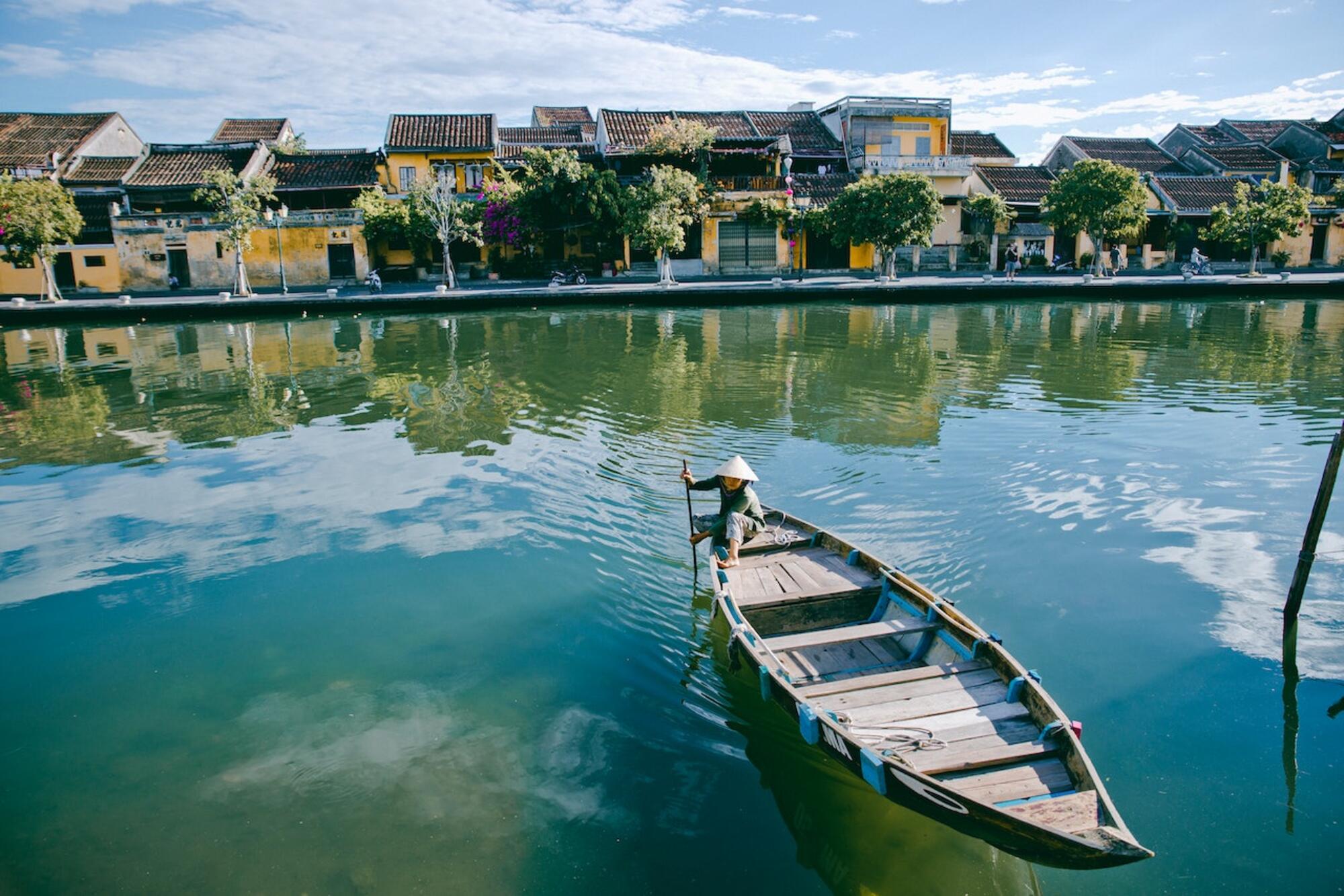
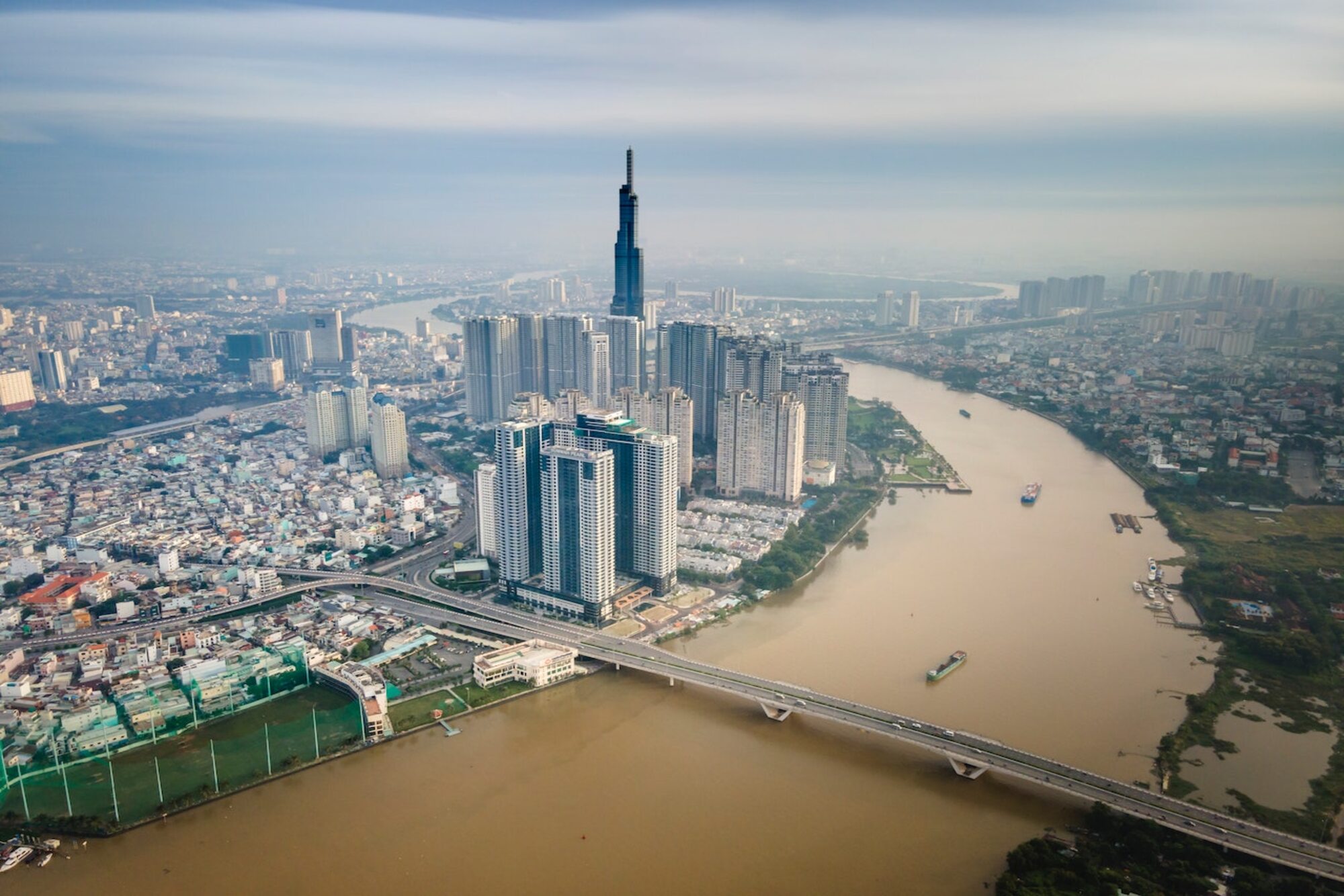
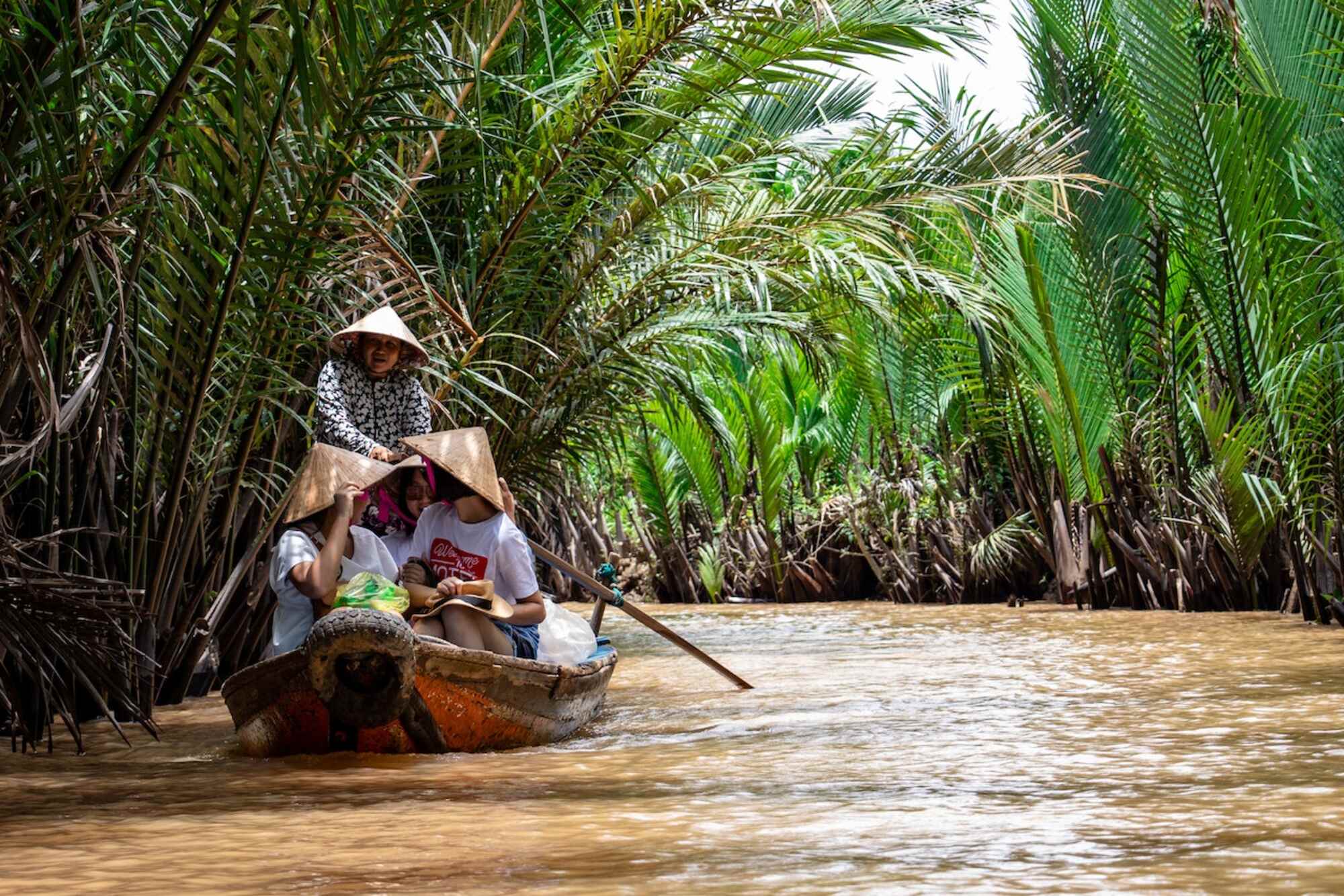
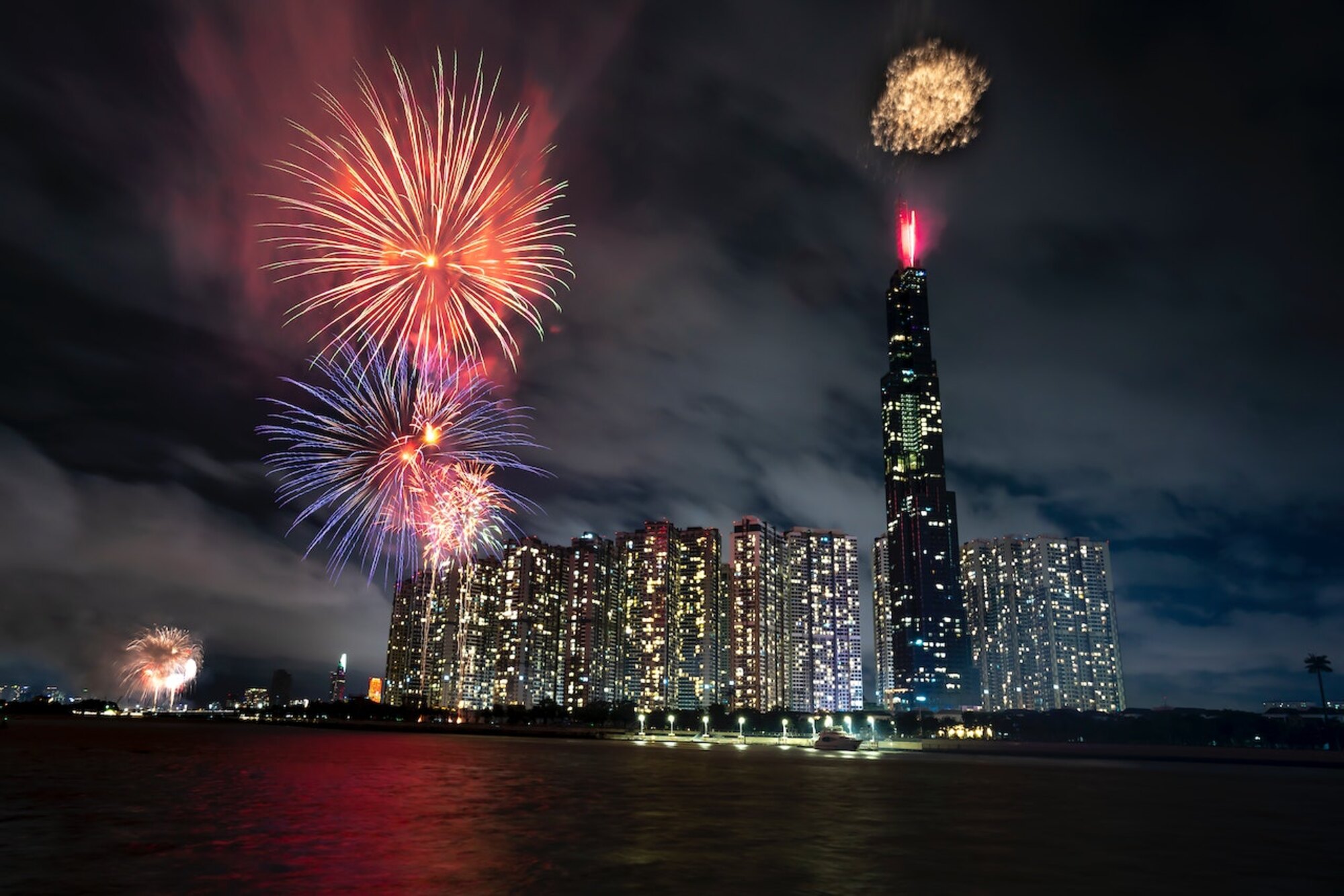
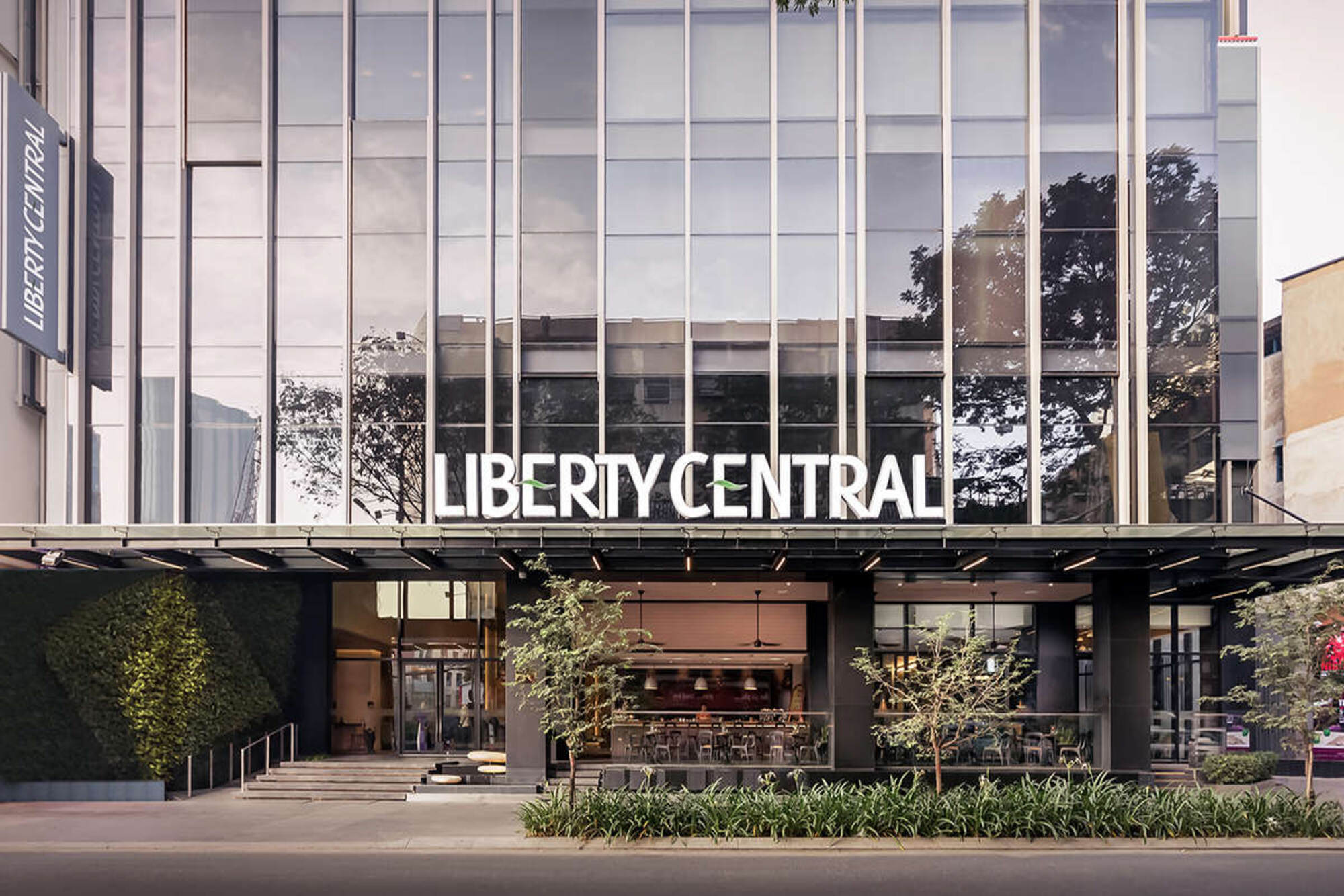
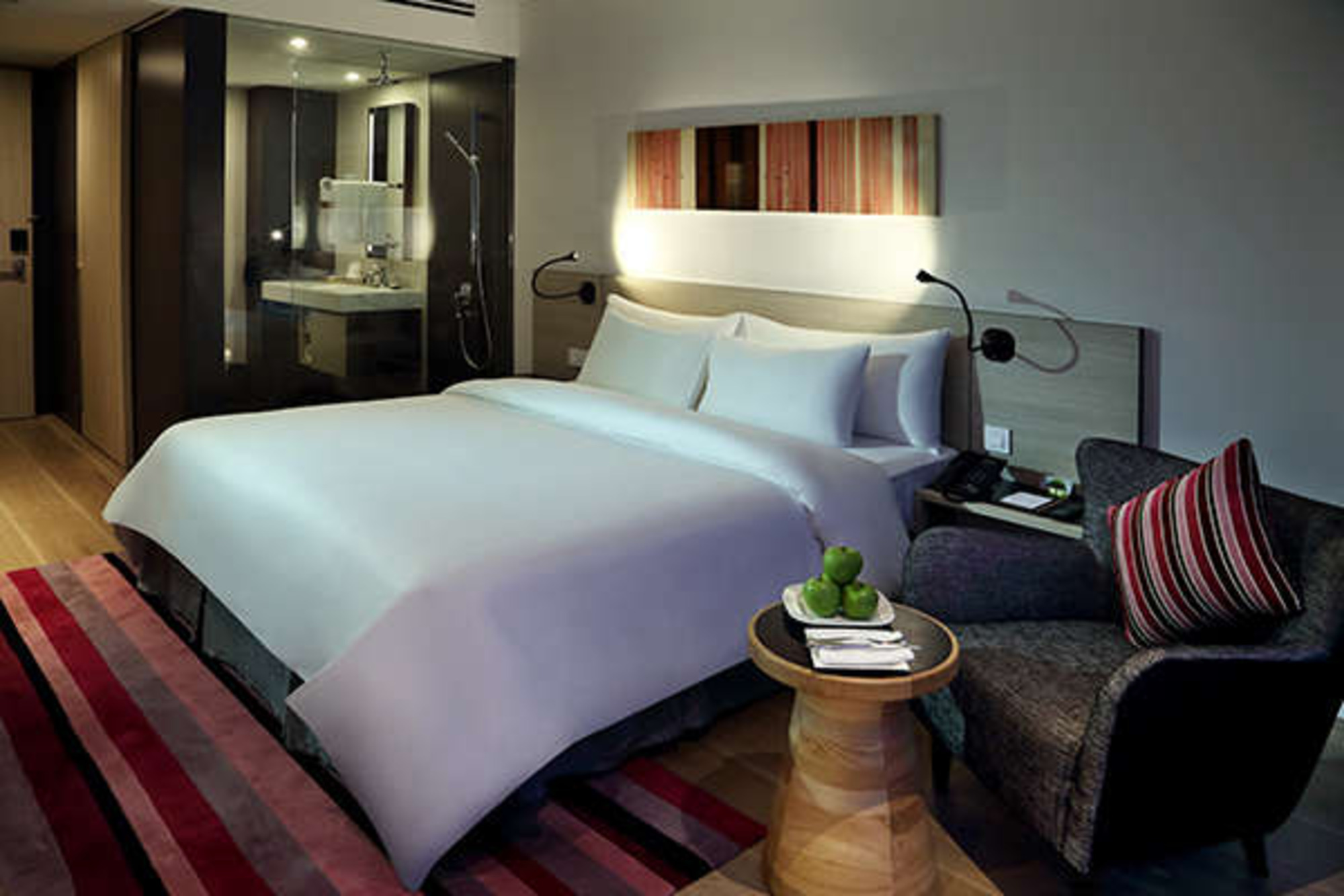

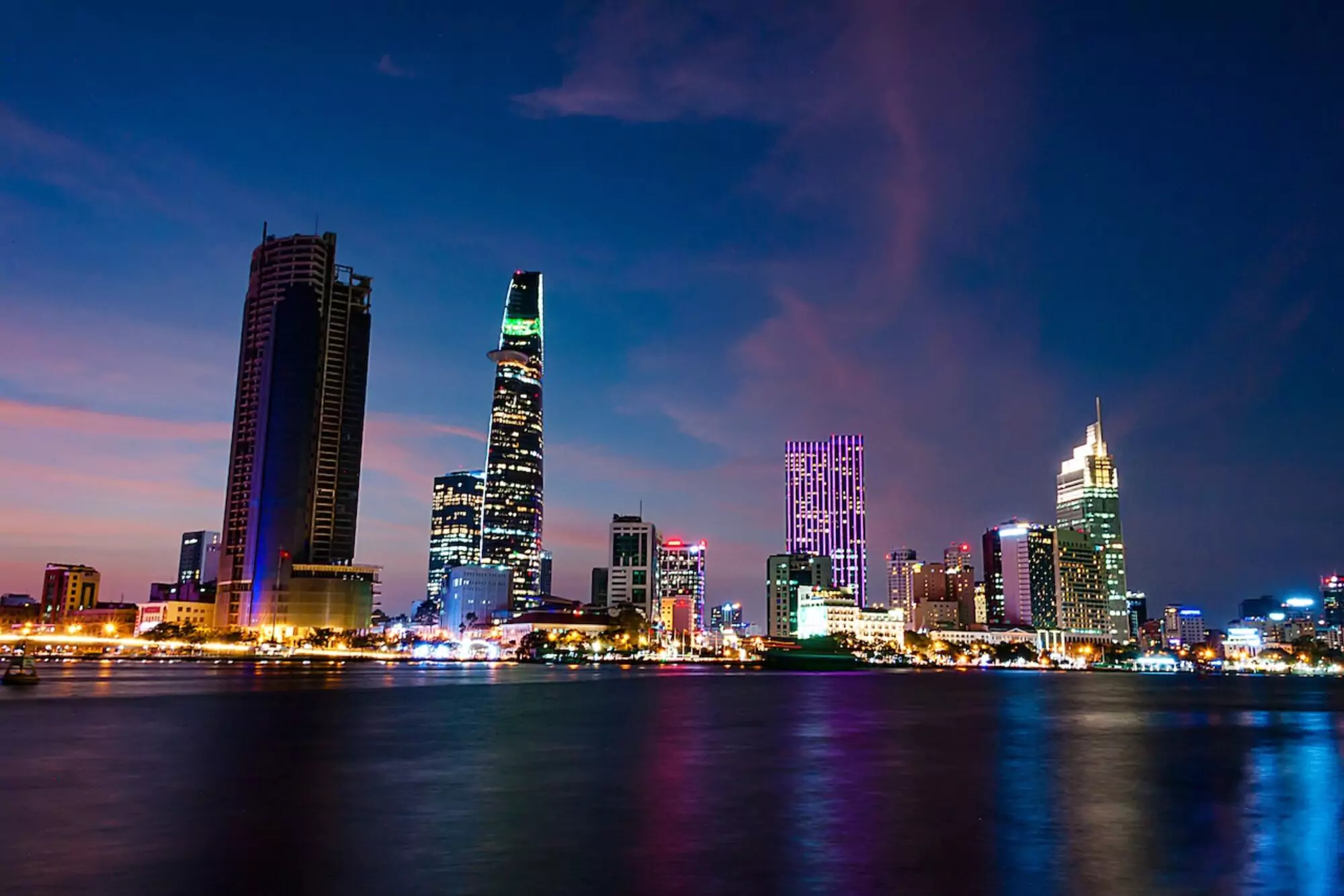
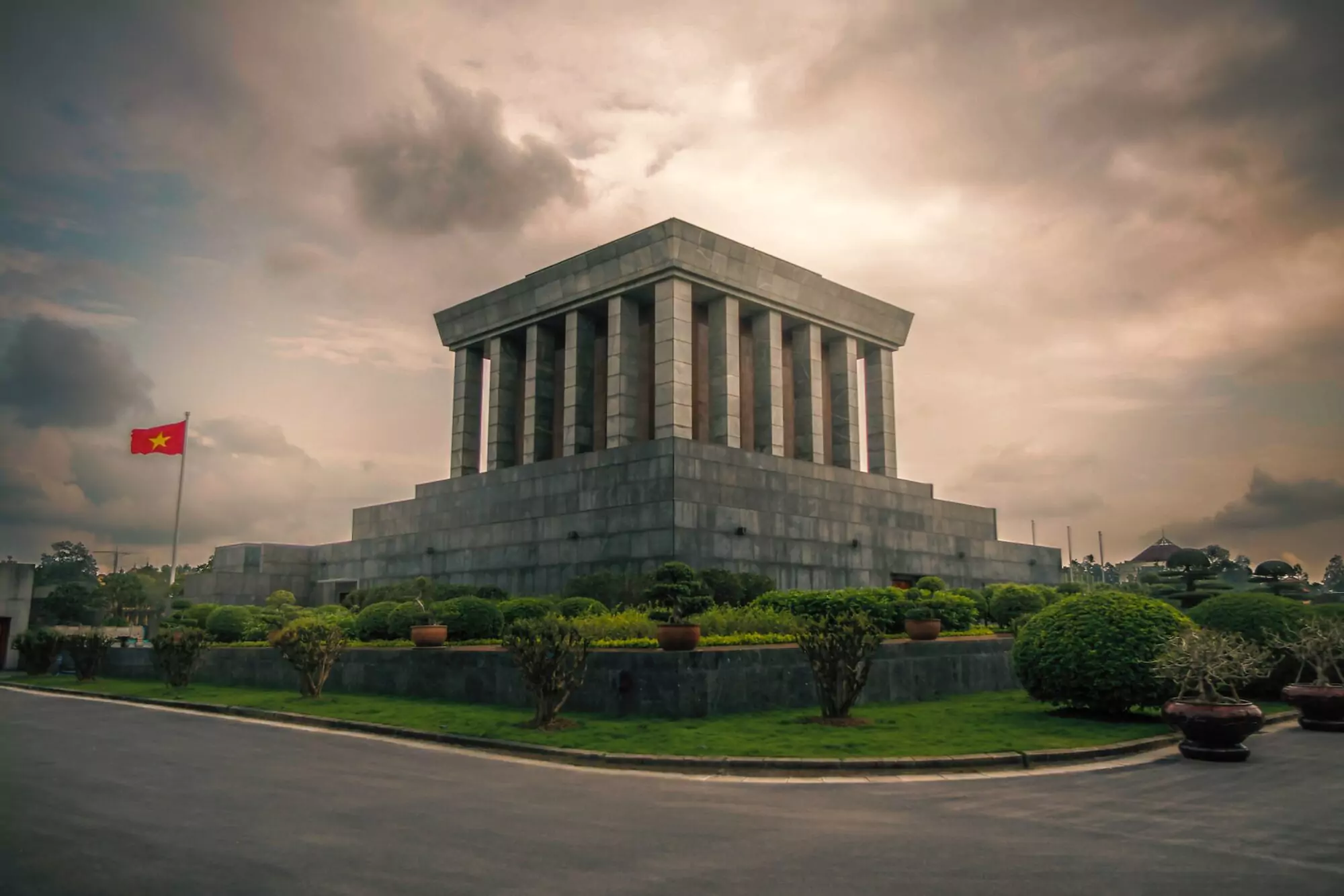

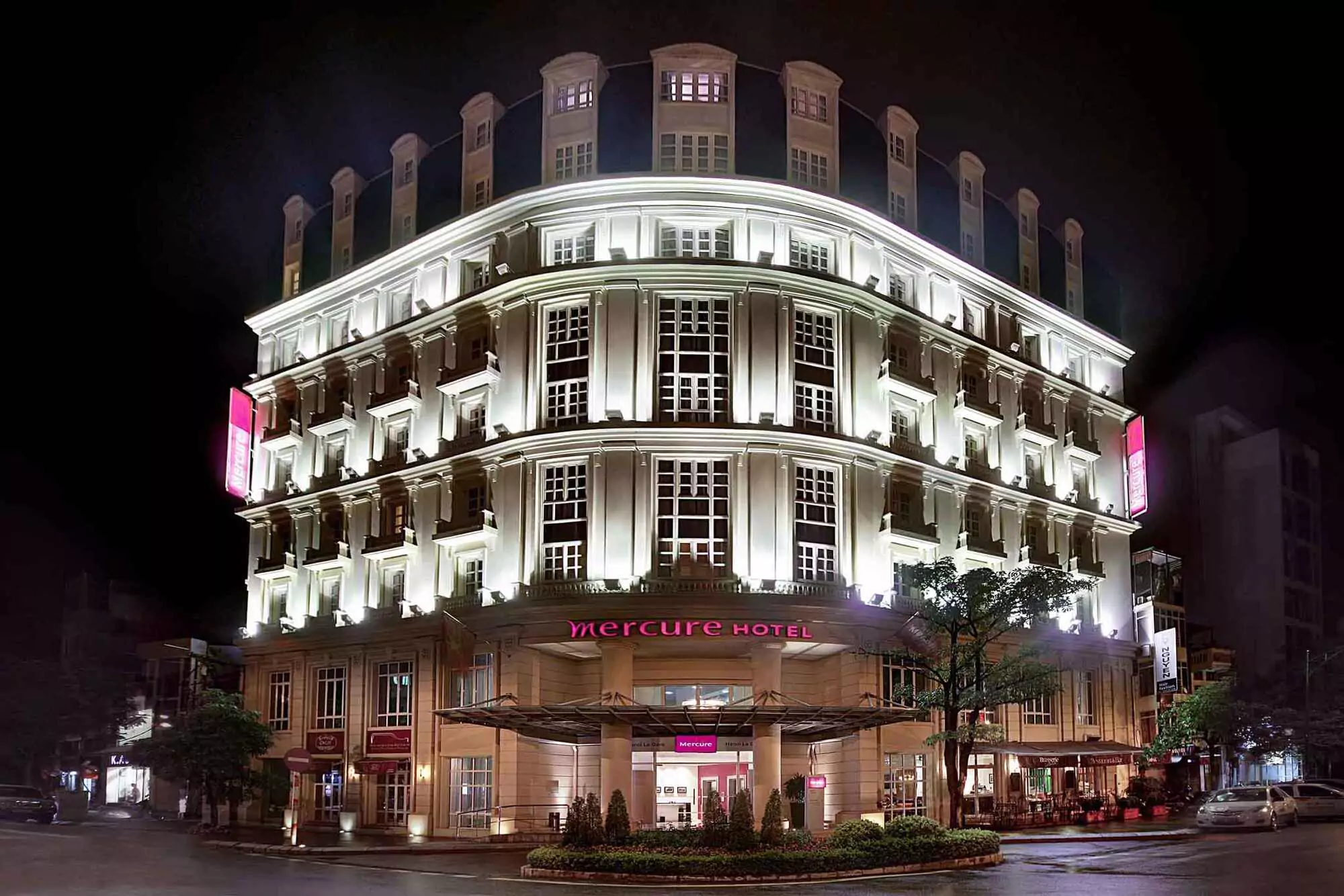
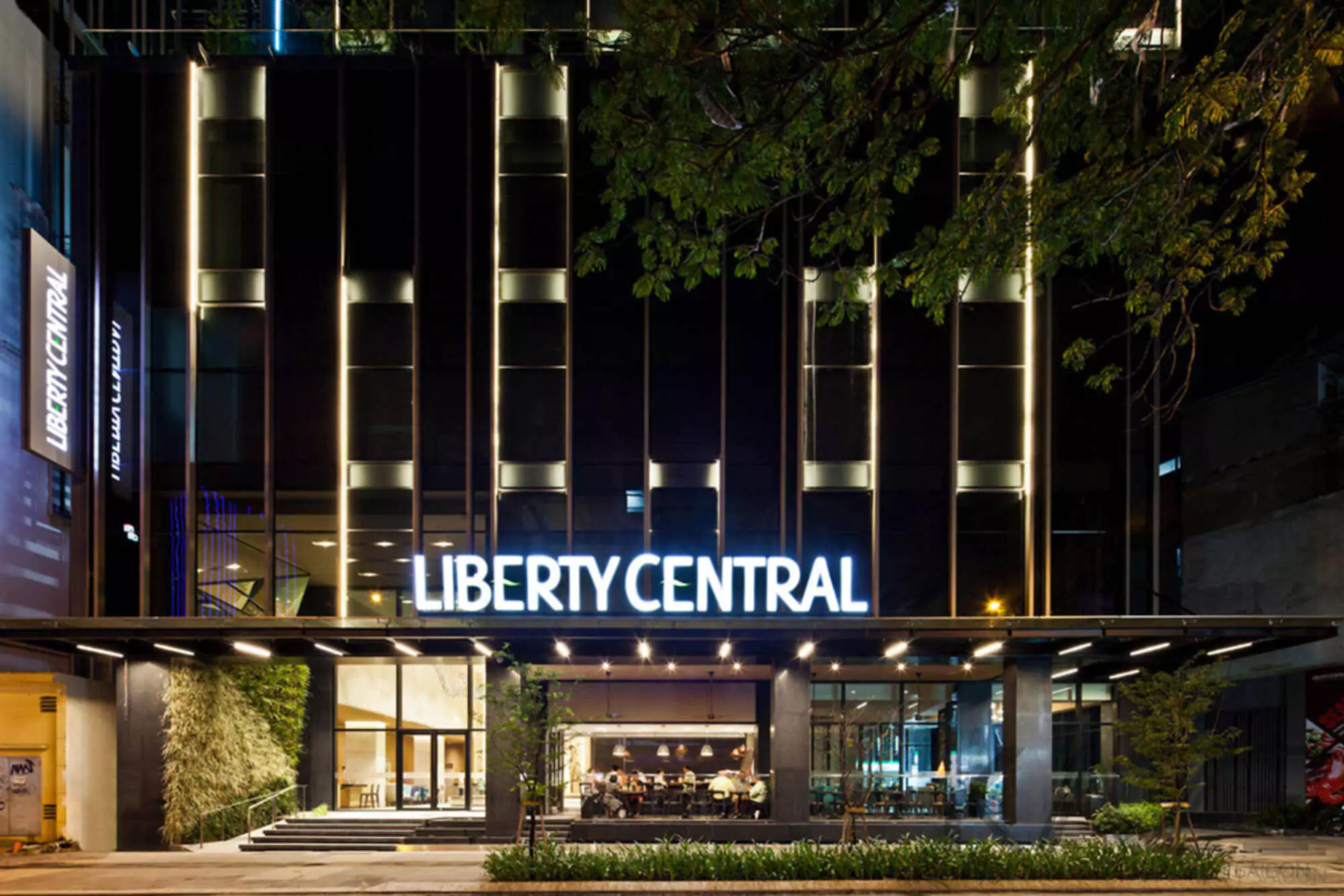
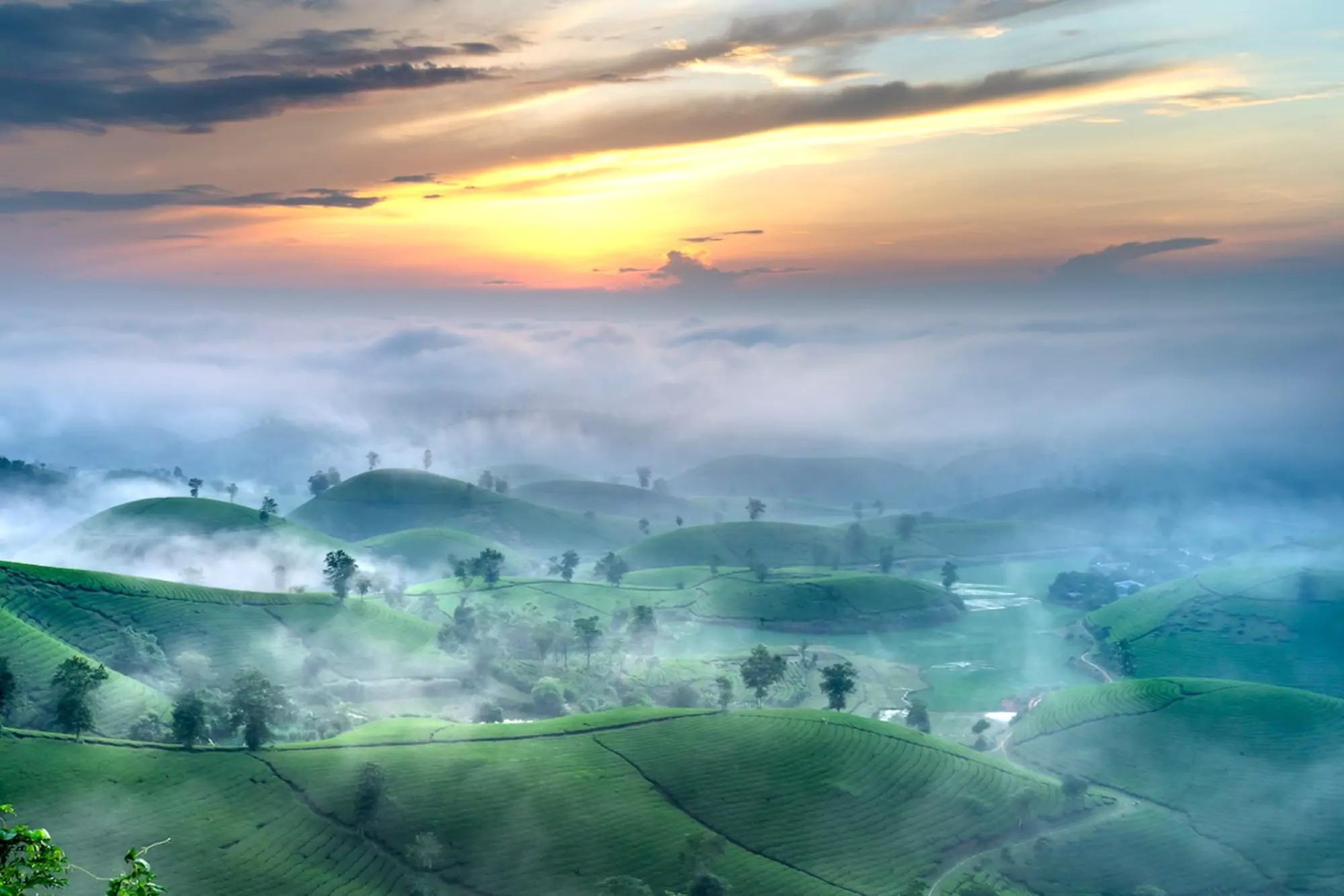
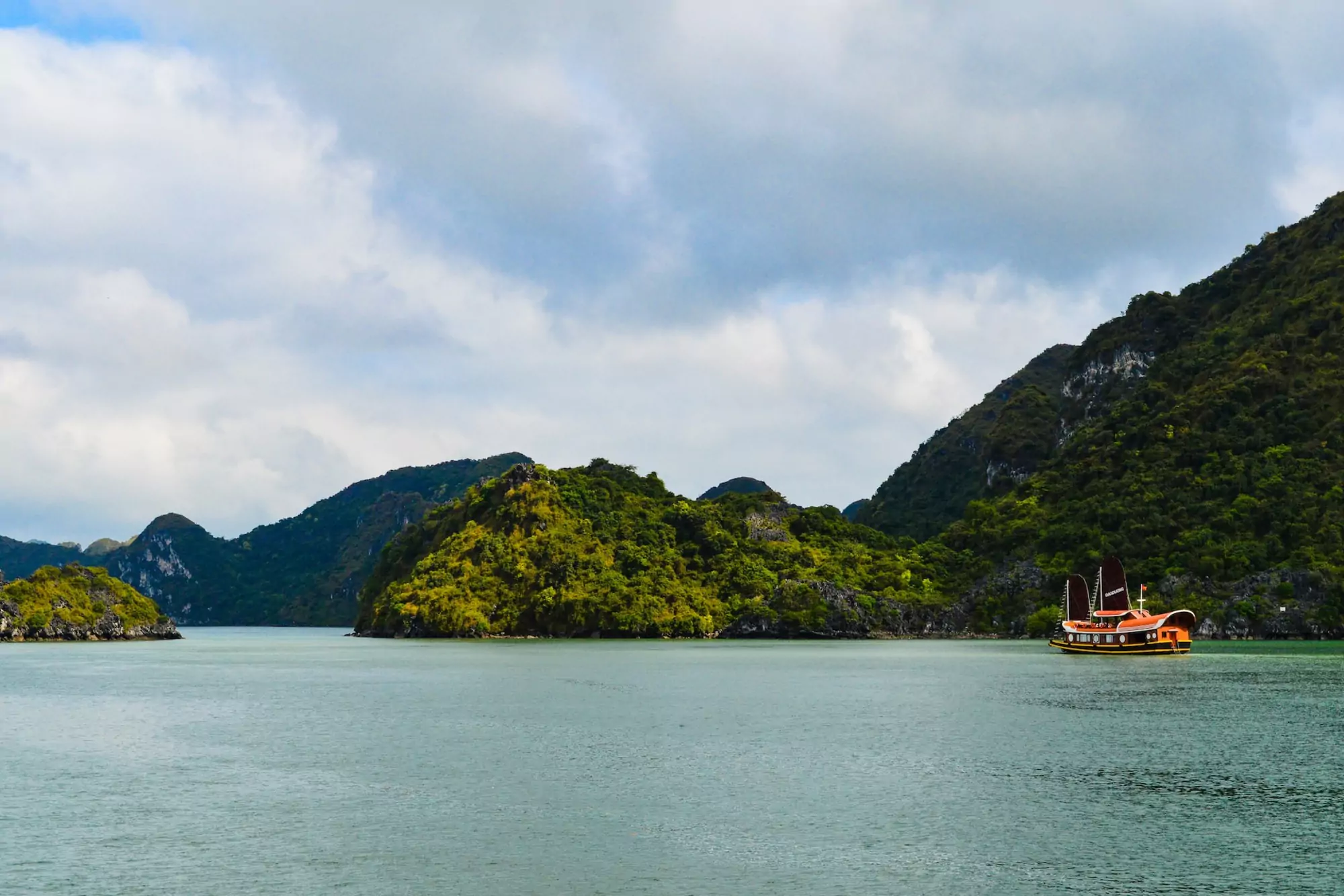
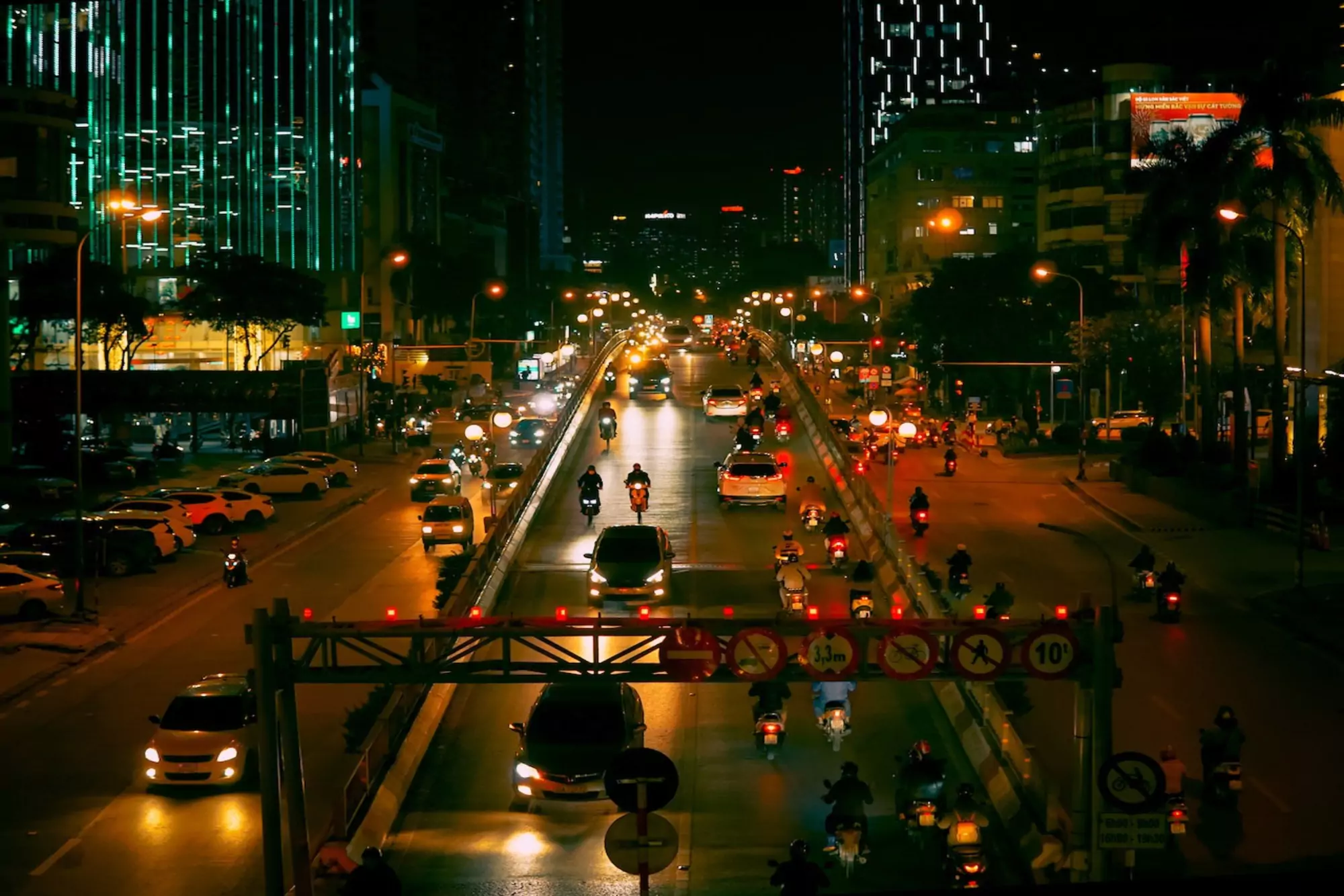


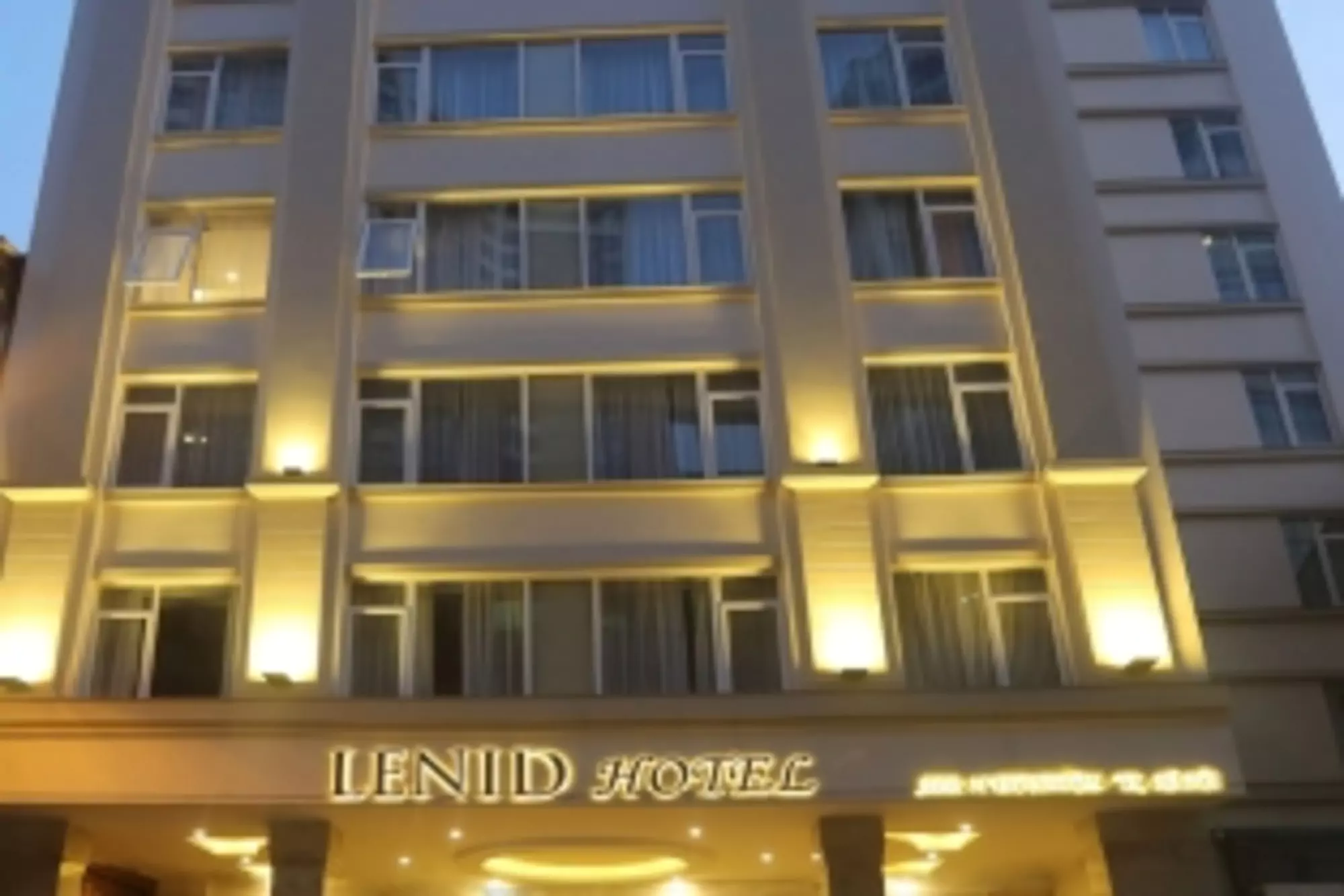

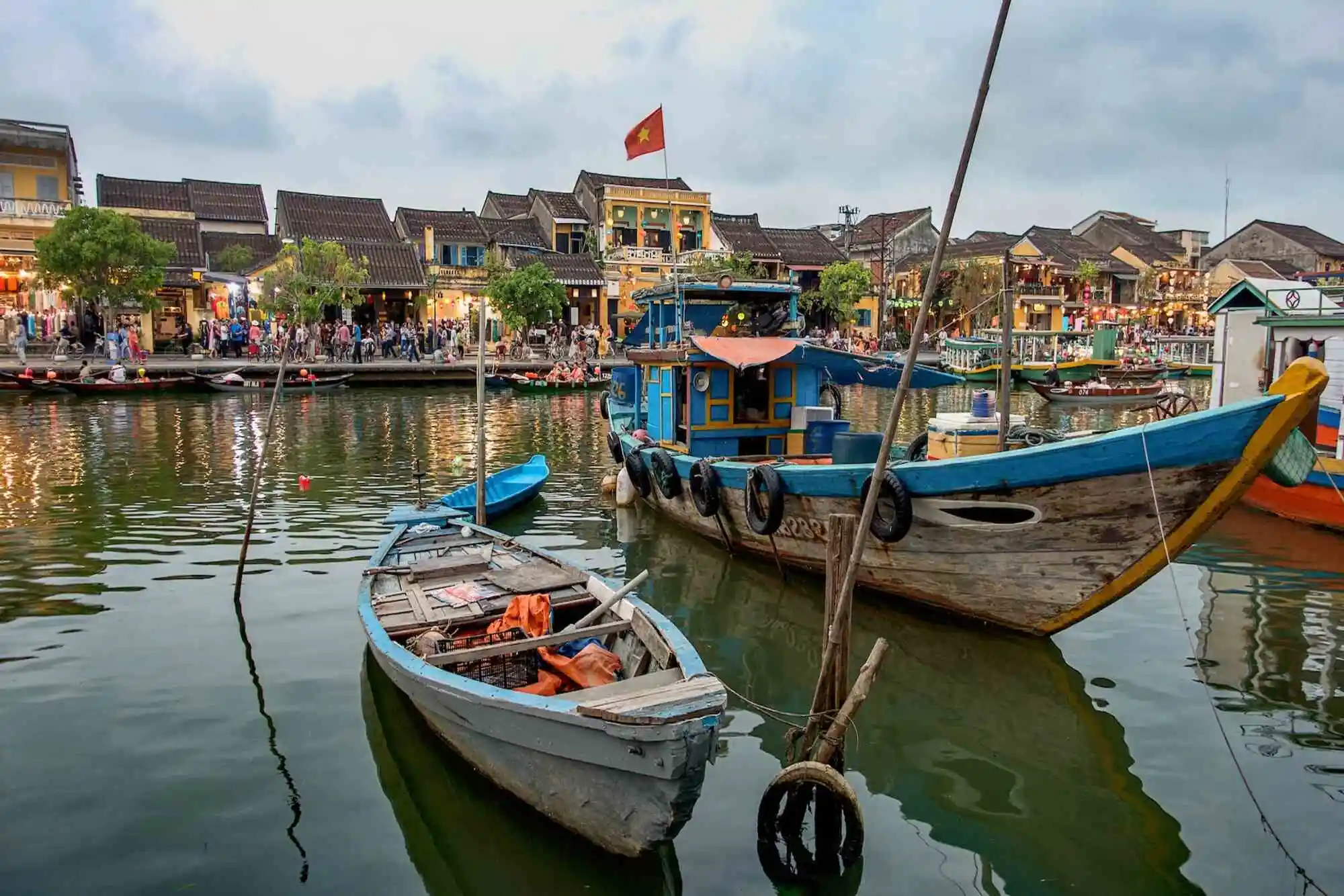
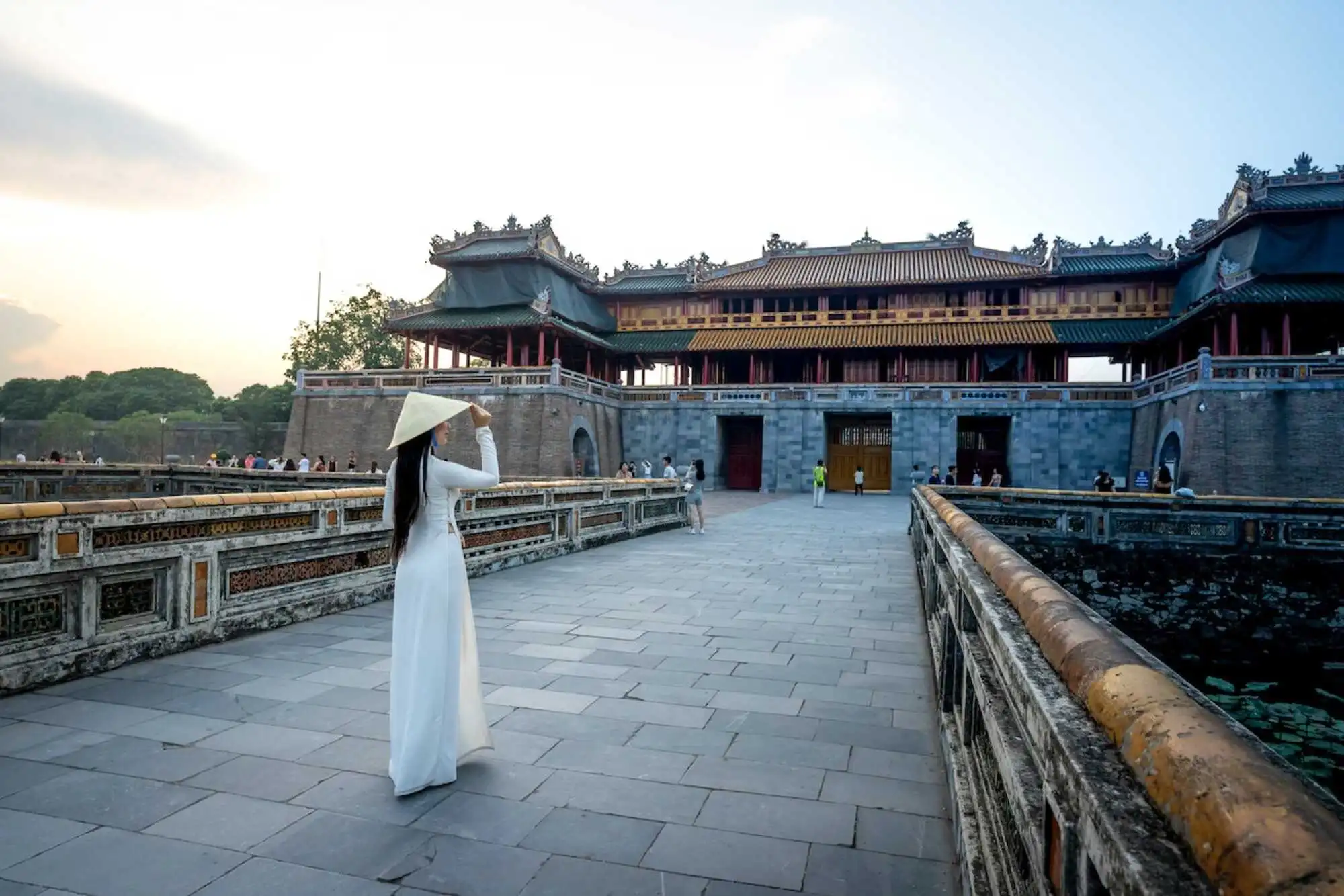
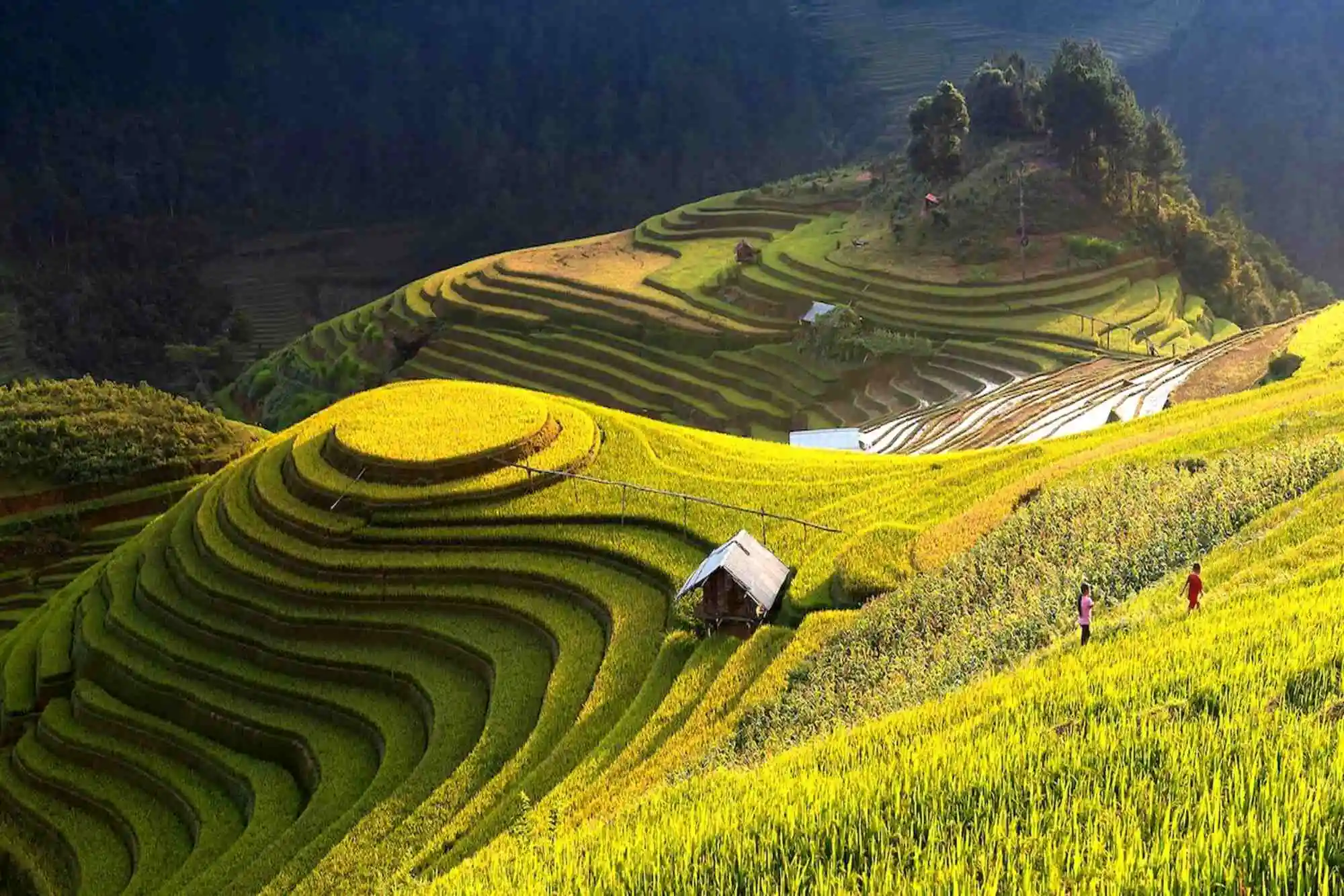
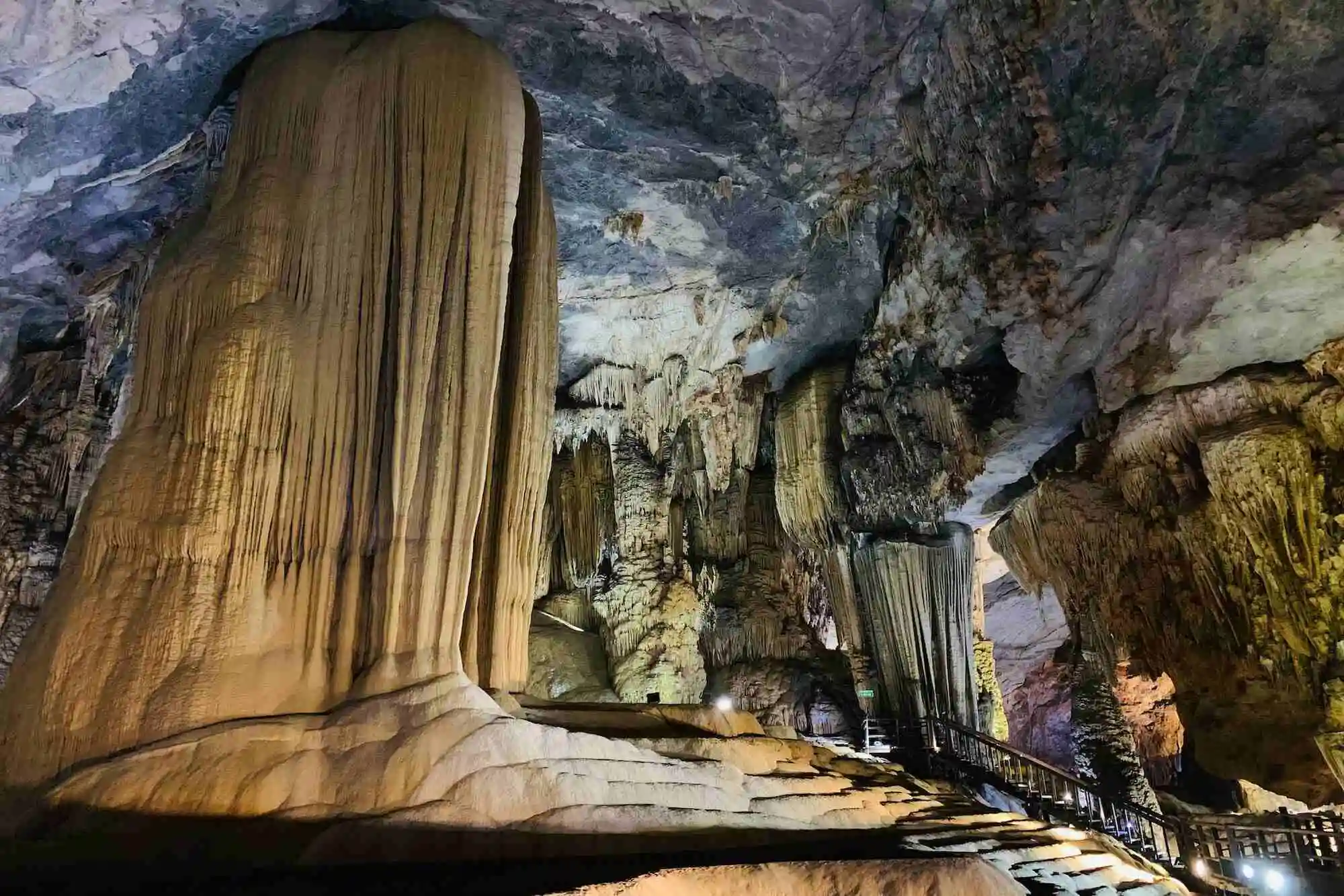
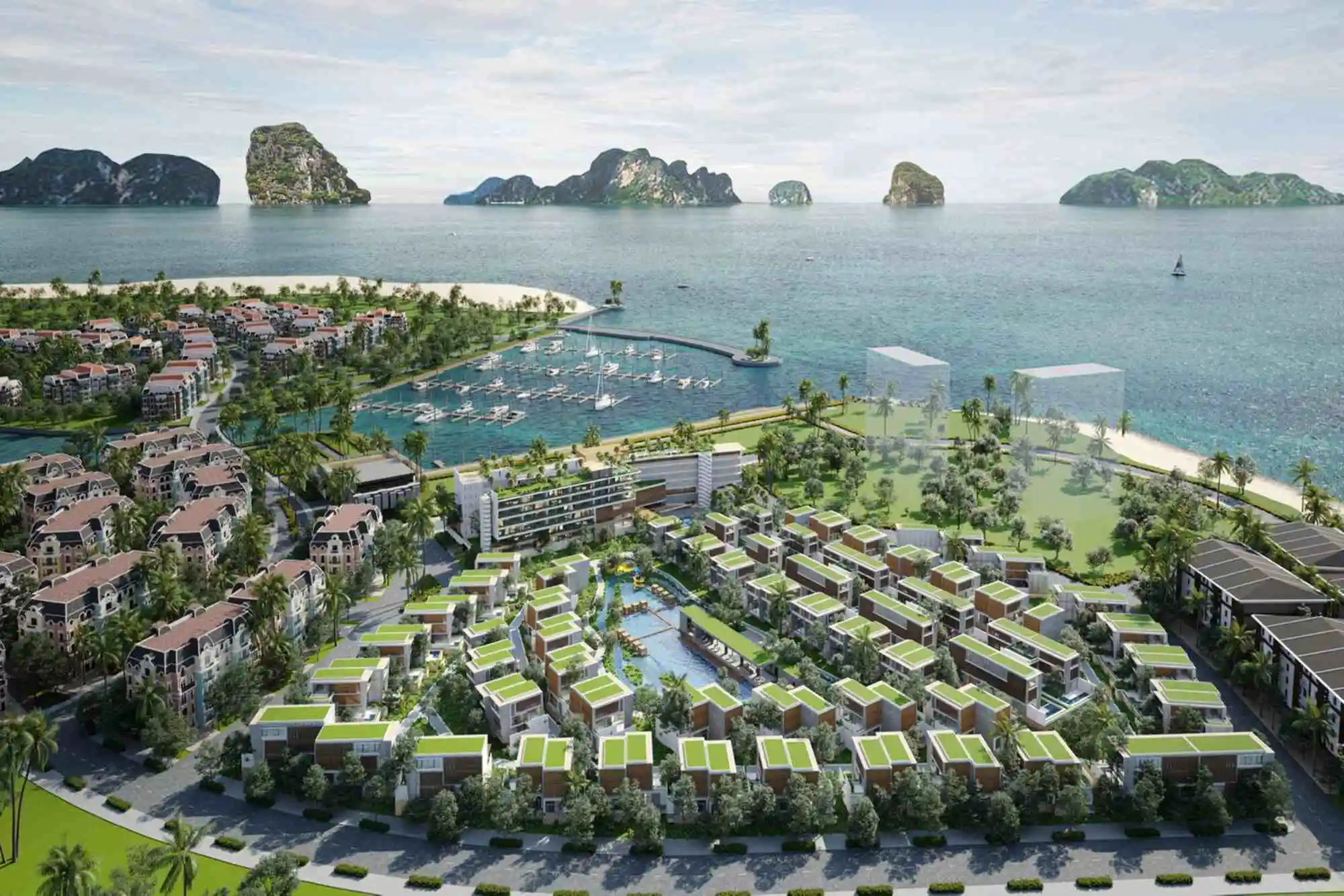
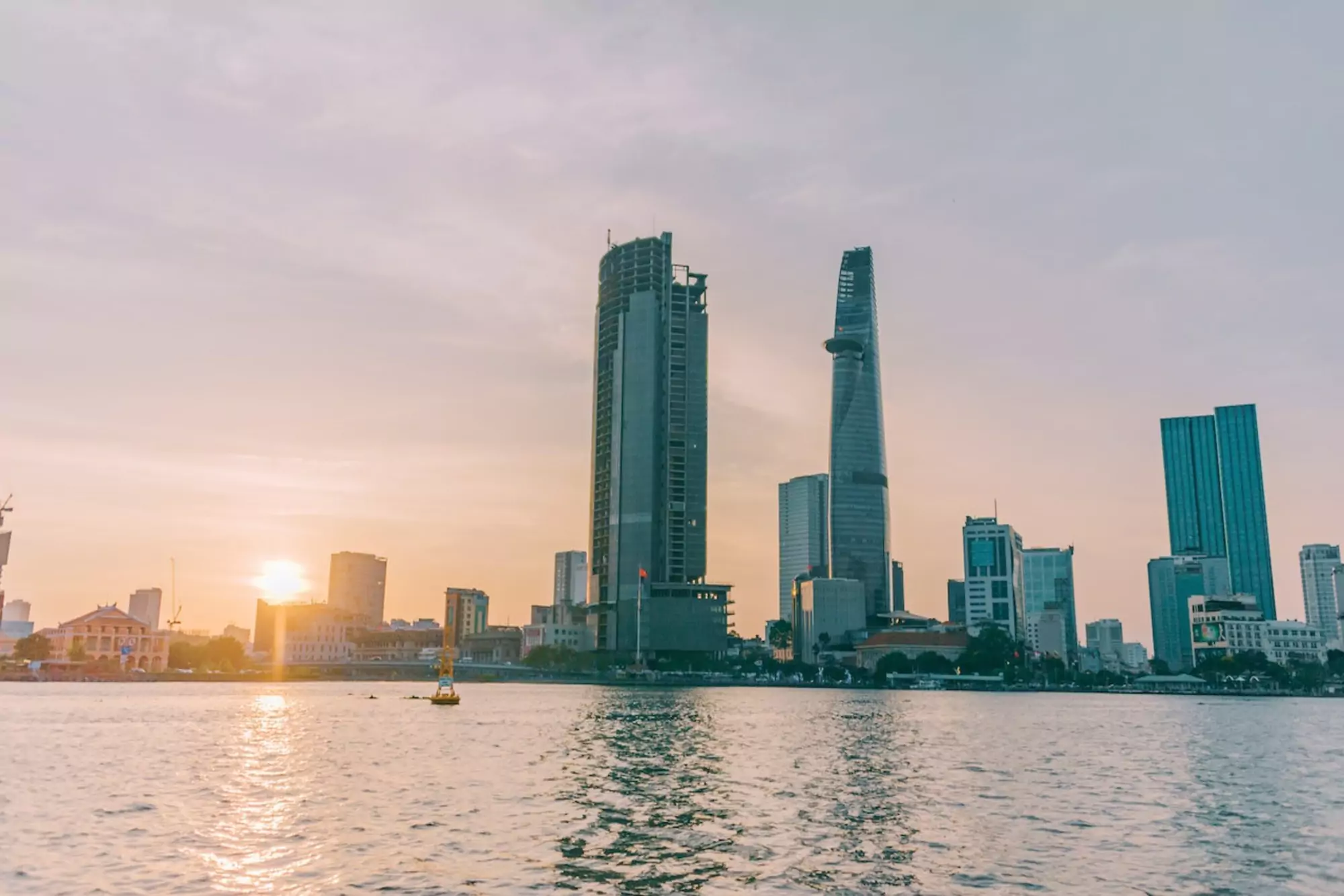
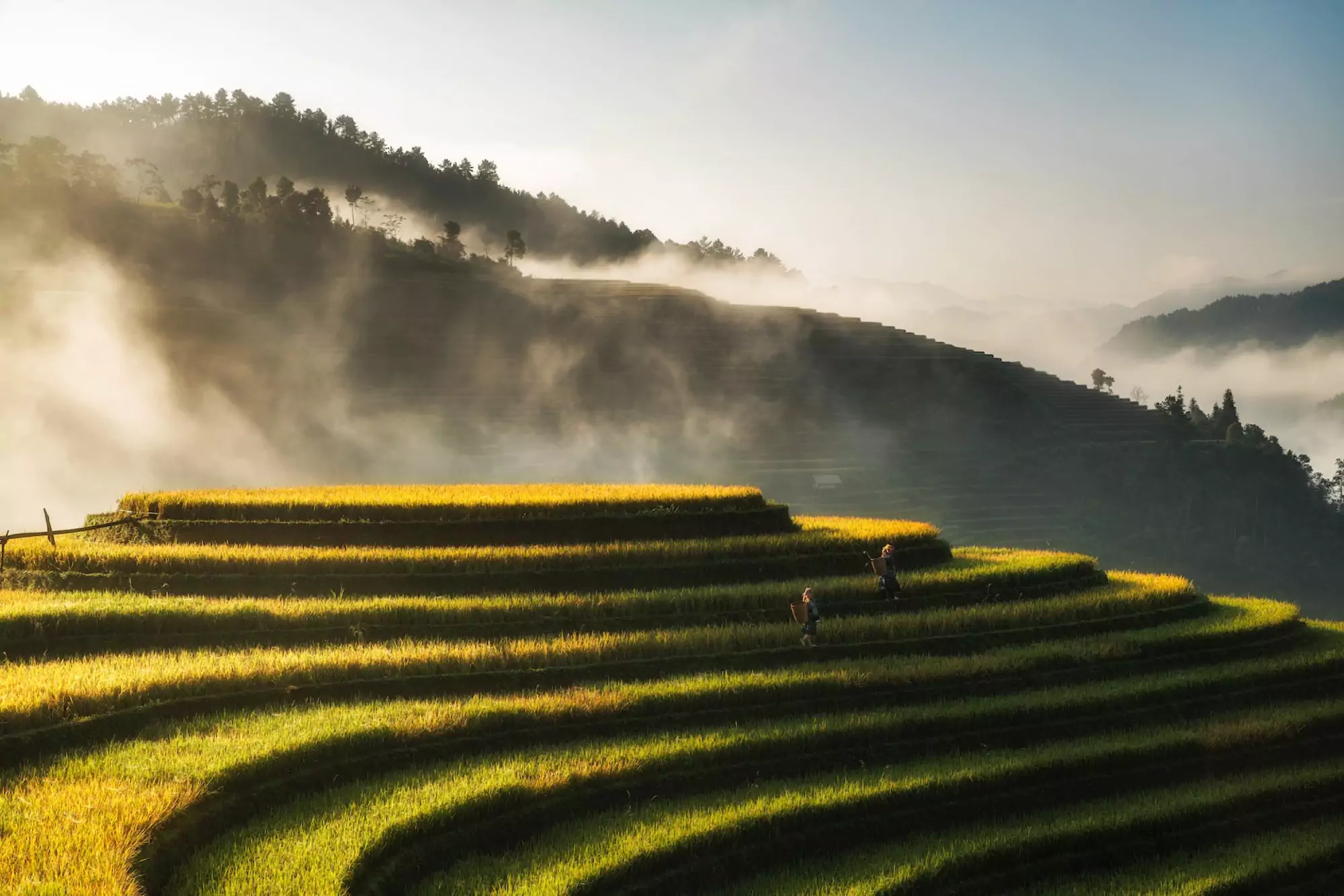
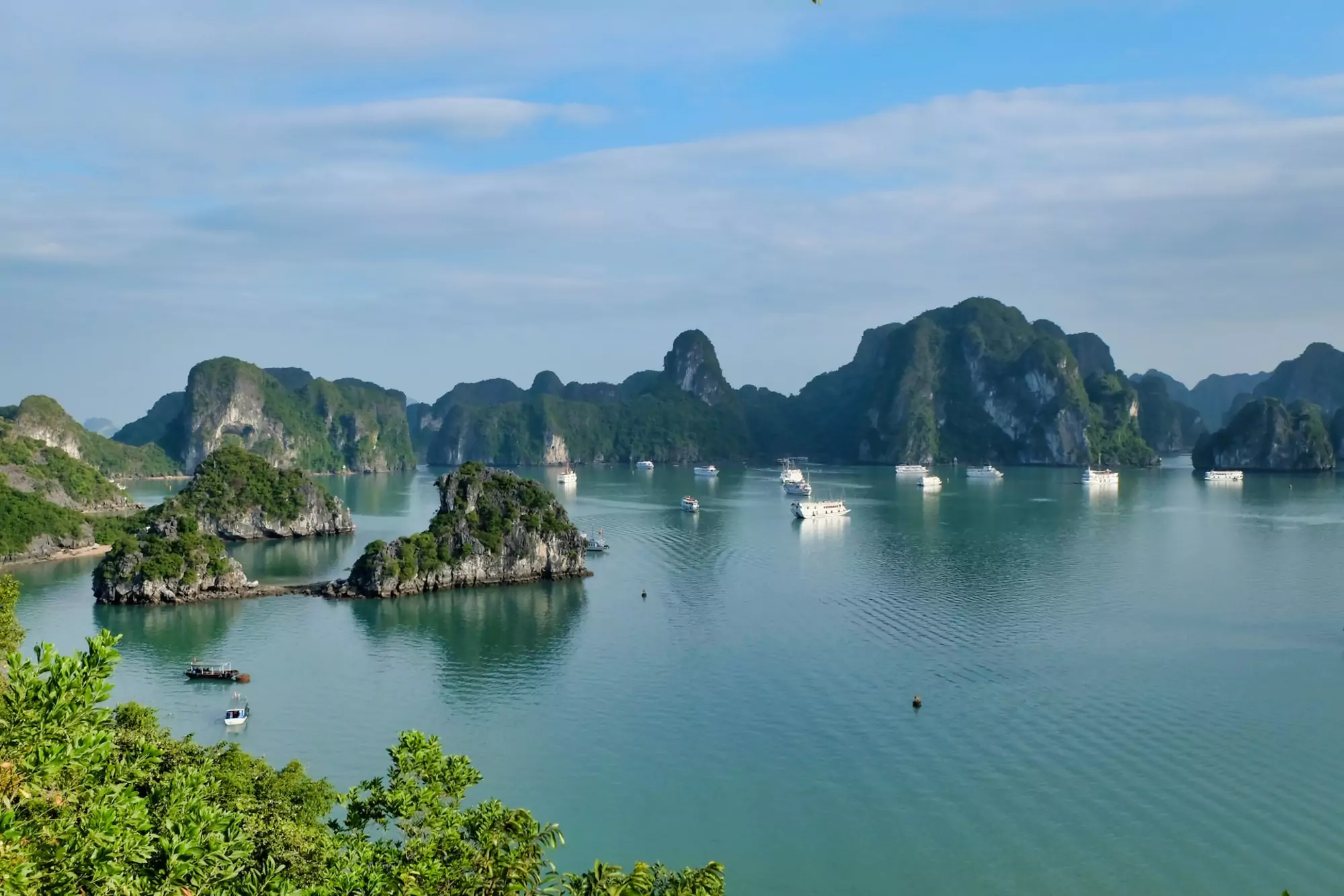

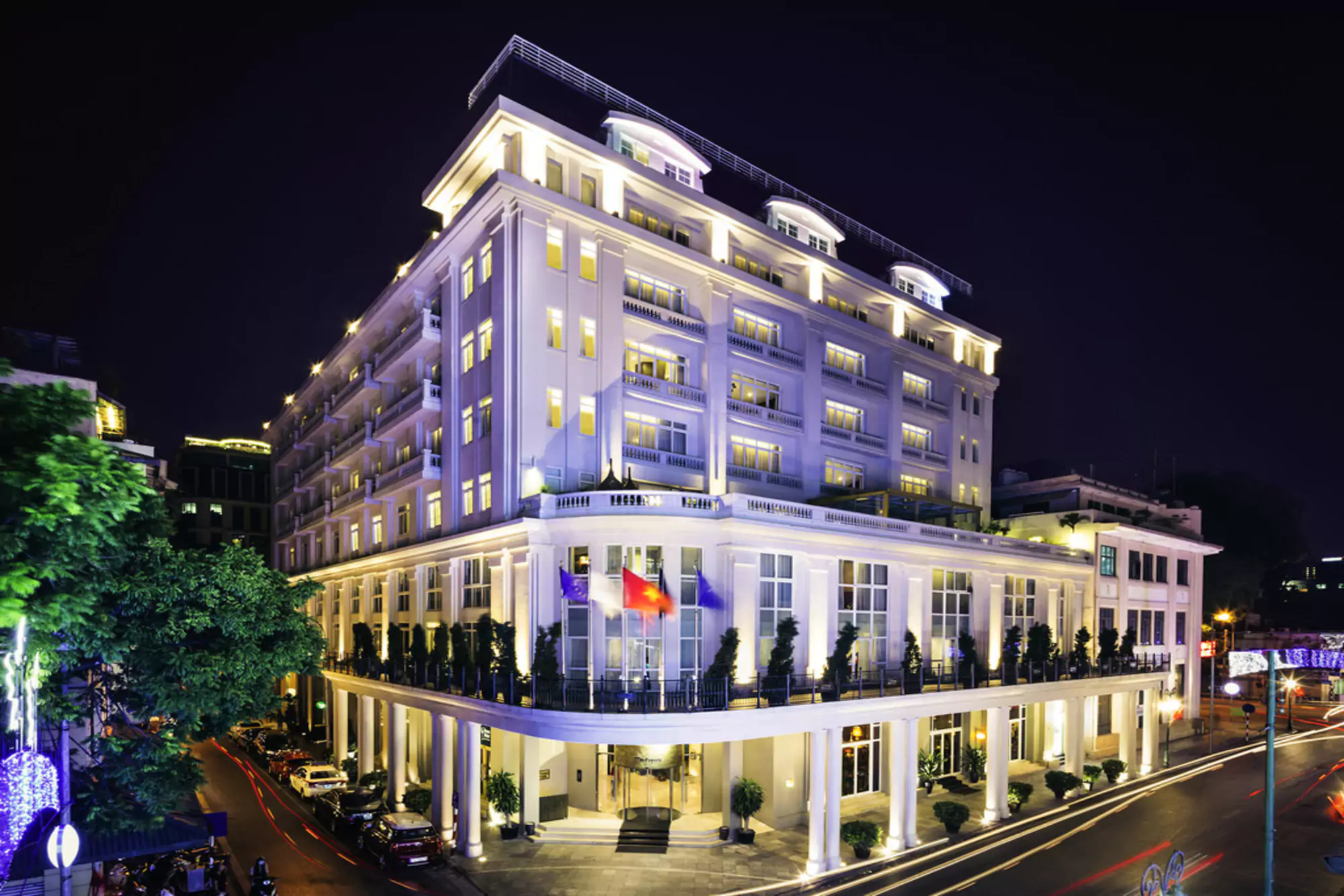
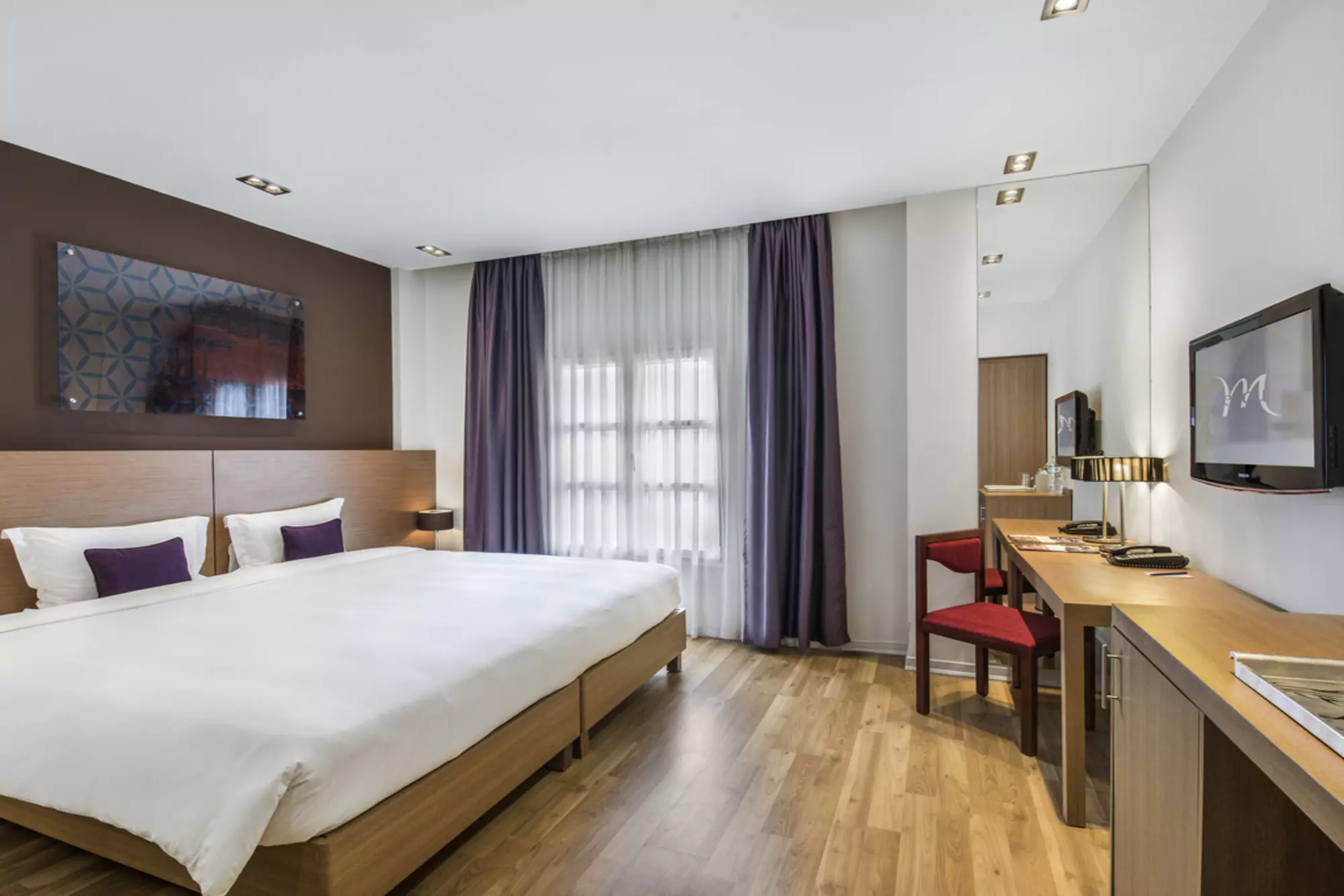
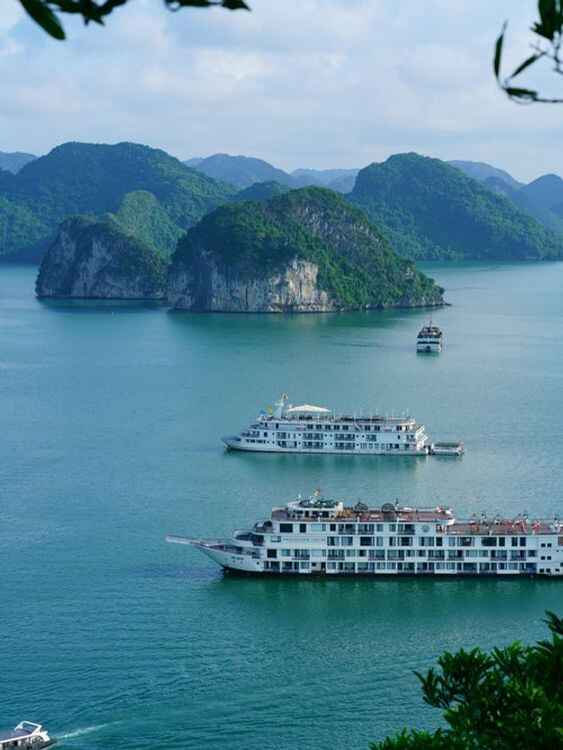
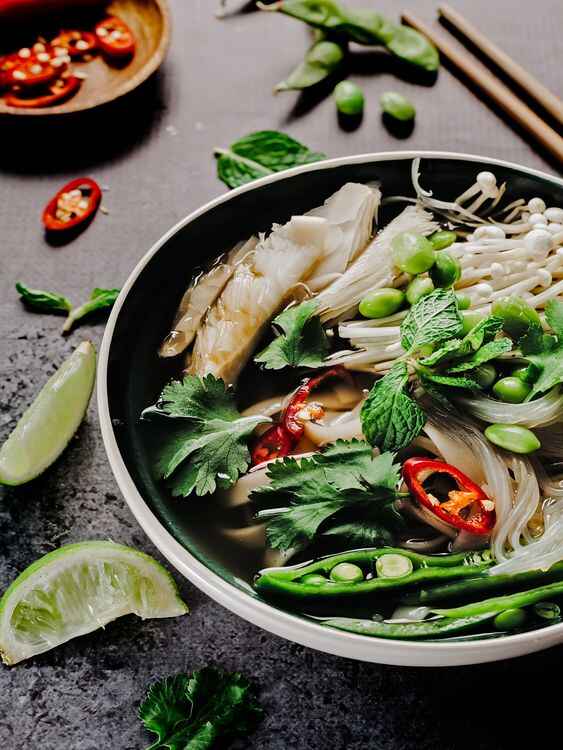
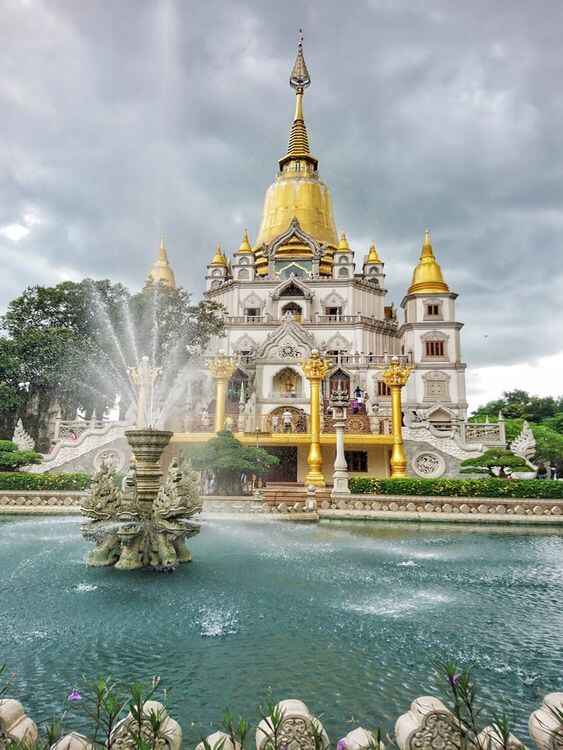
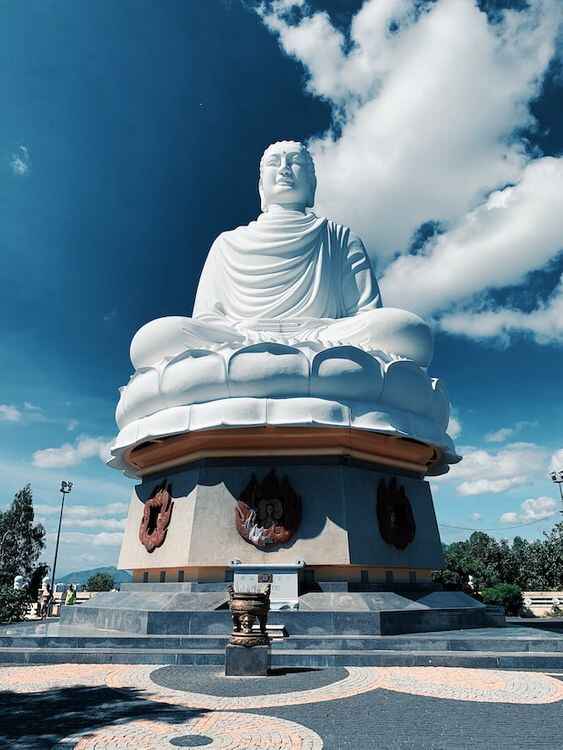
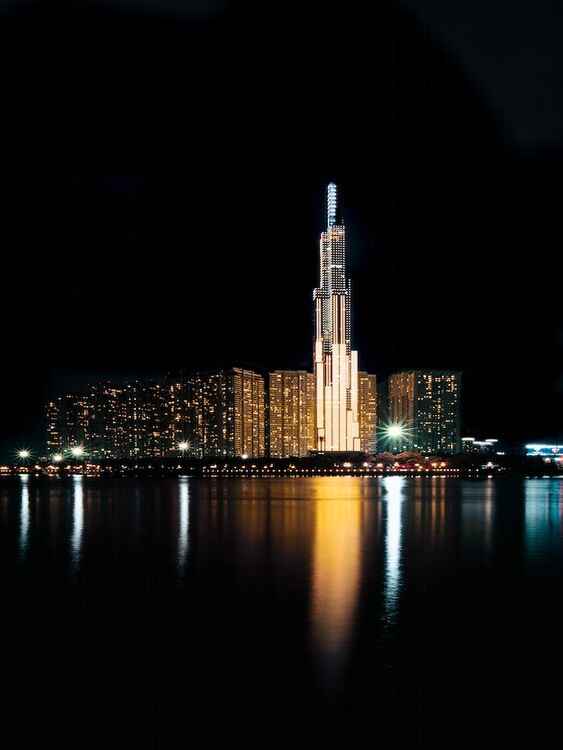
 Enquiry Now
Enquiry Now